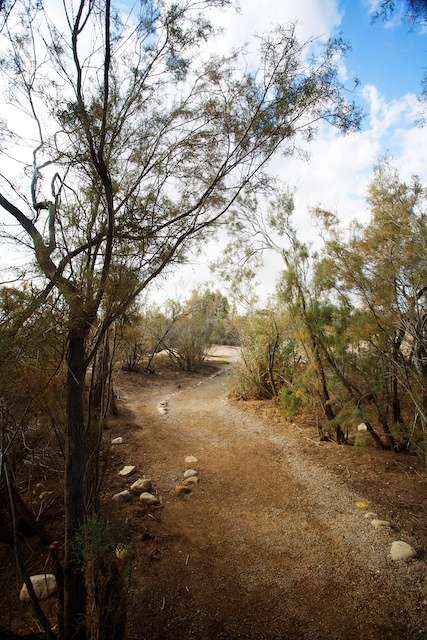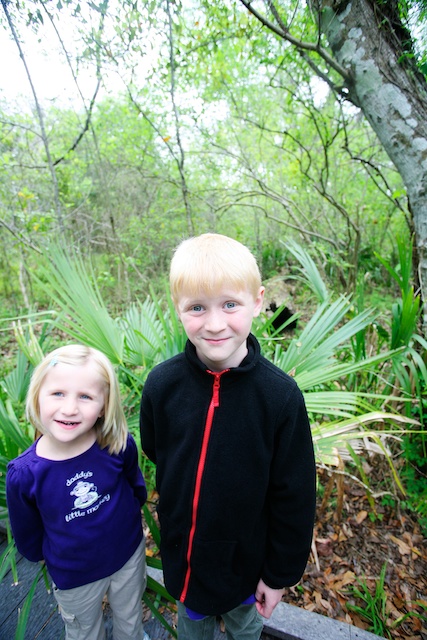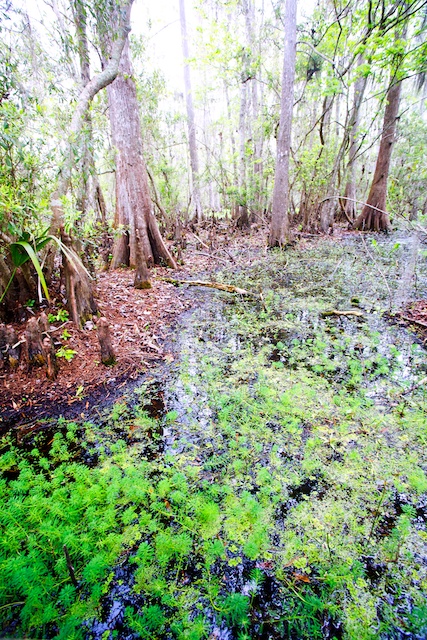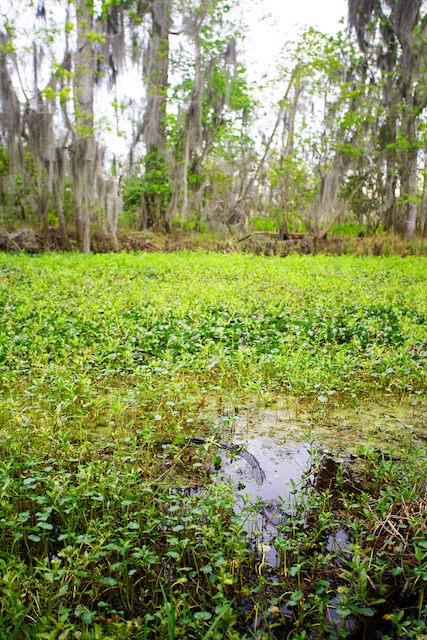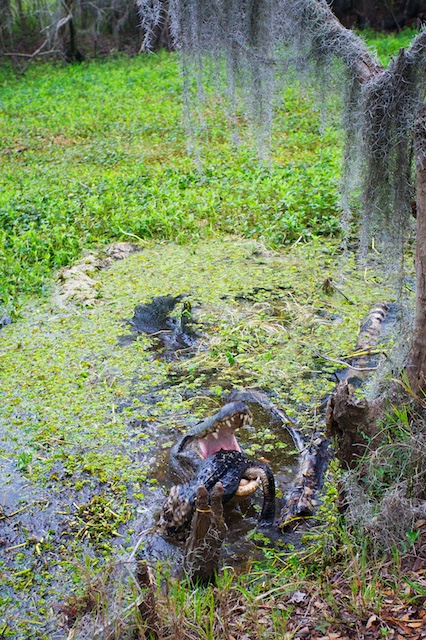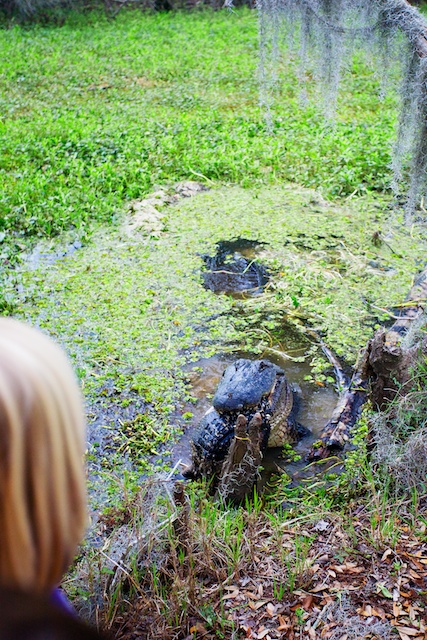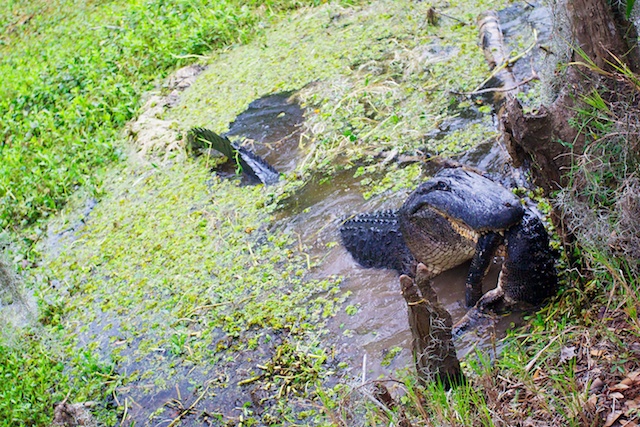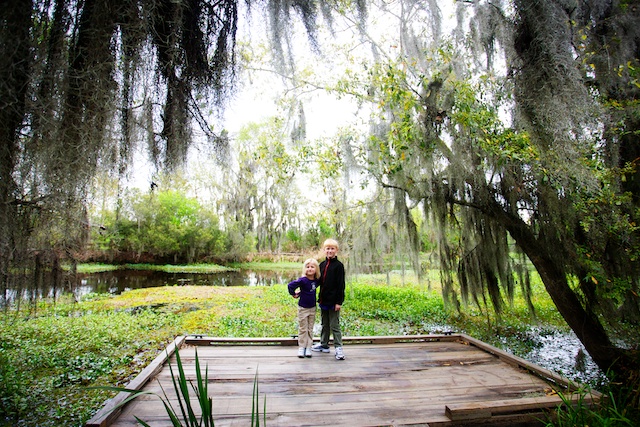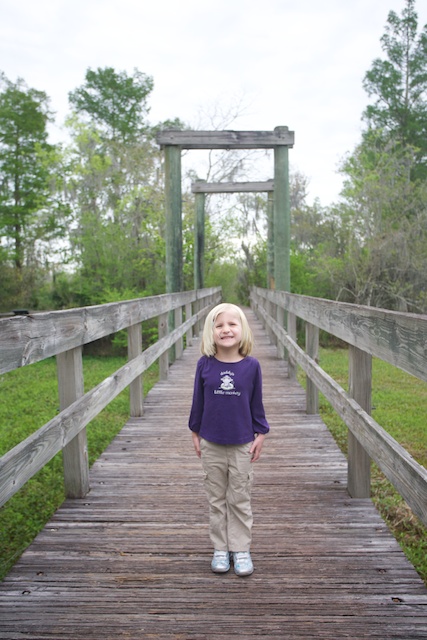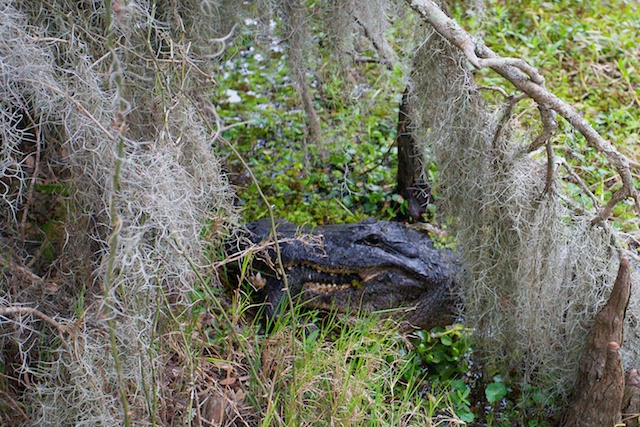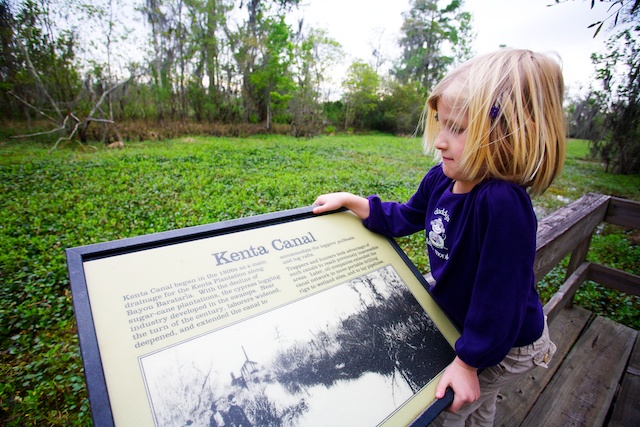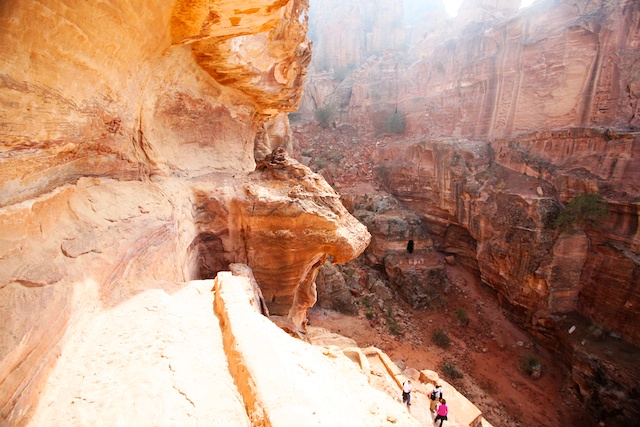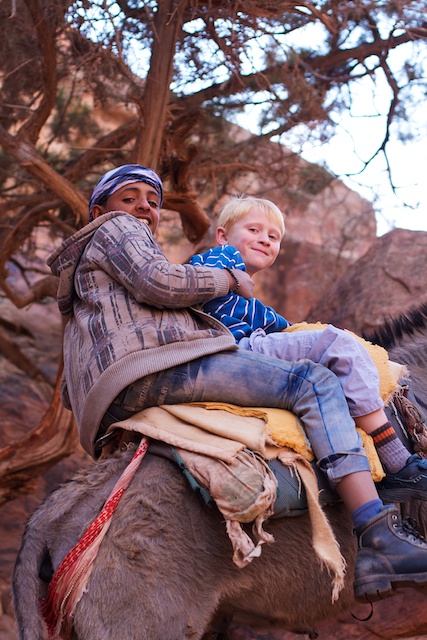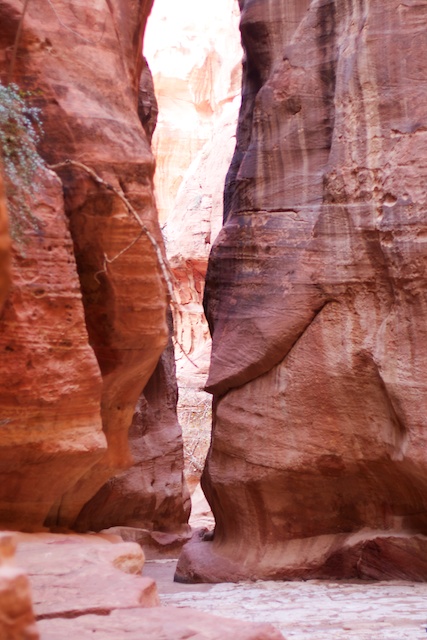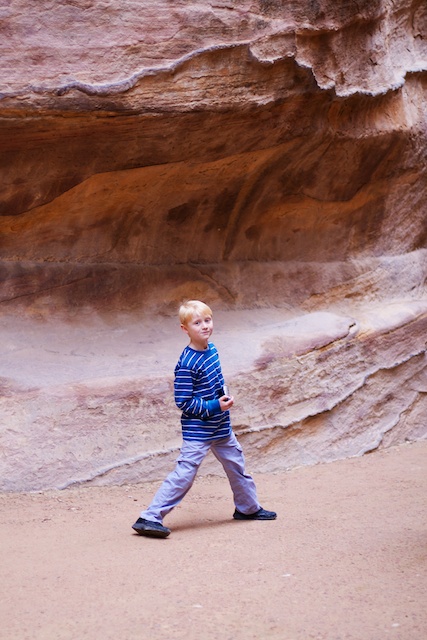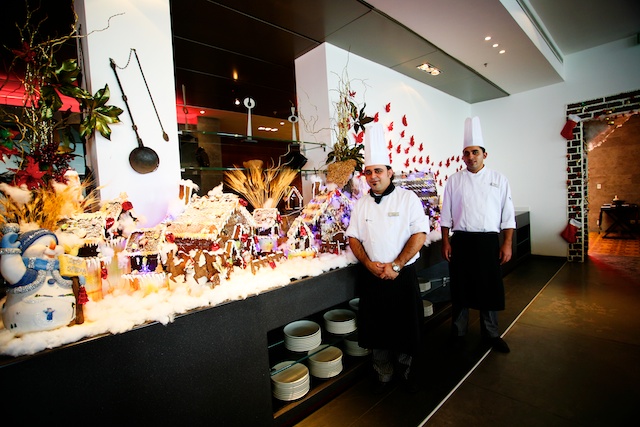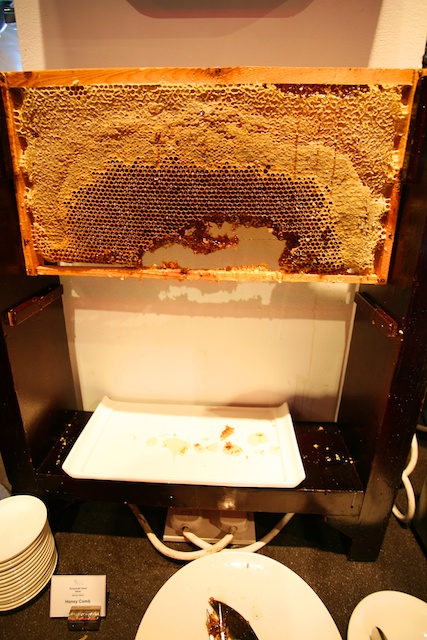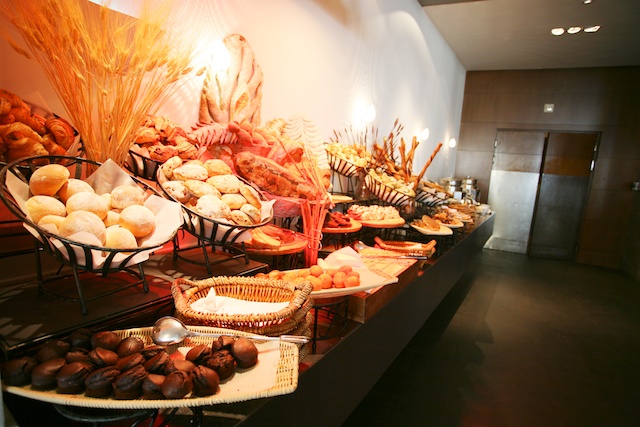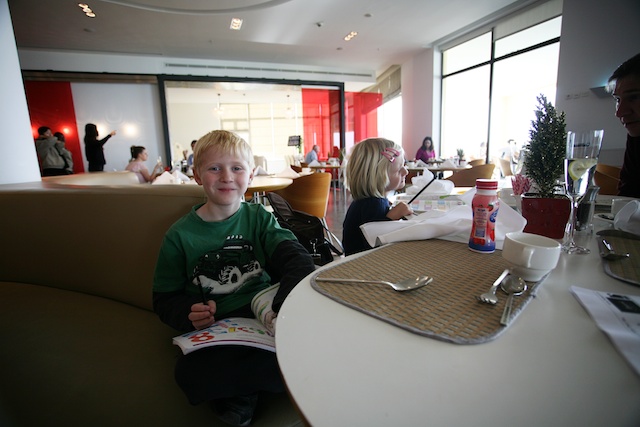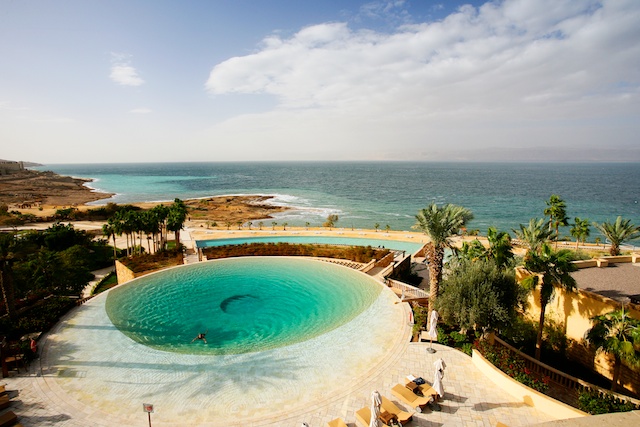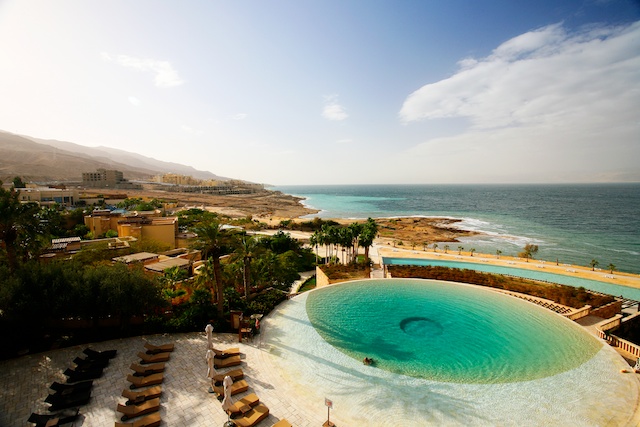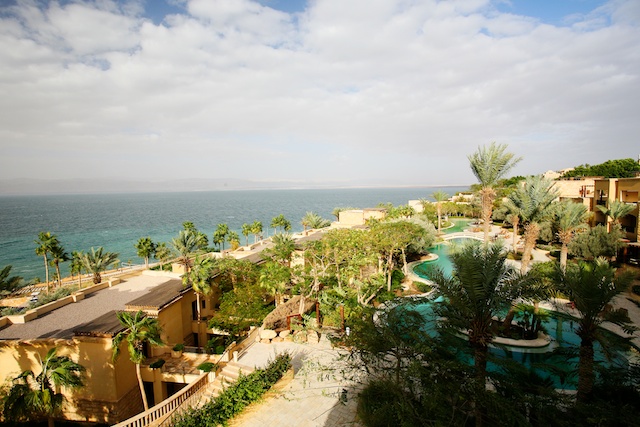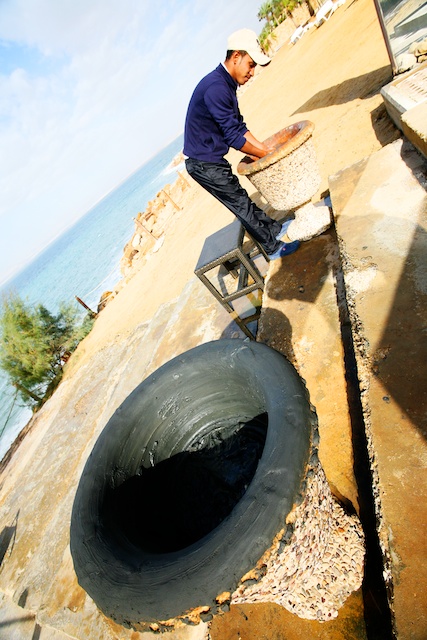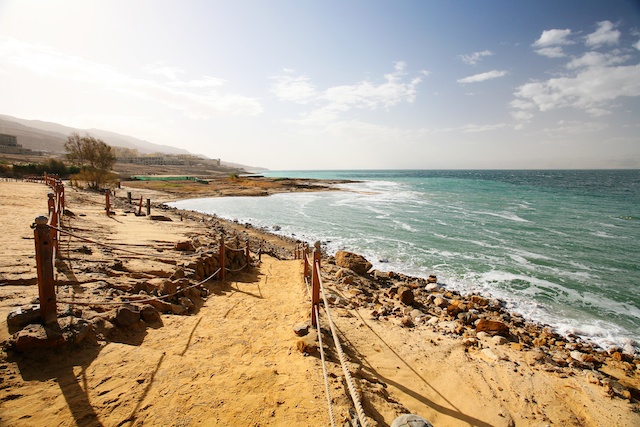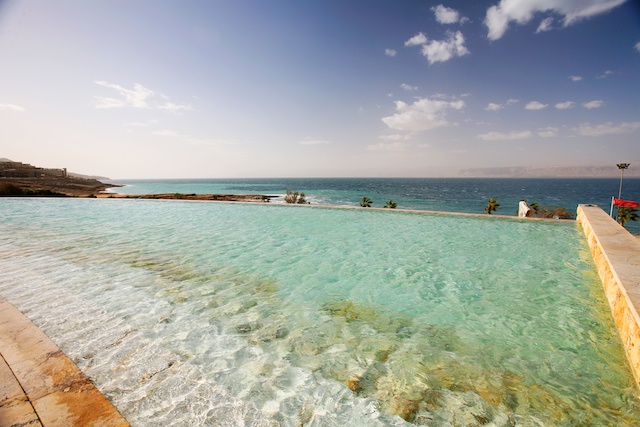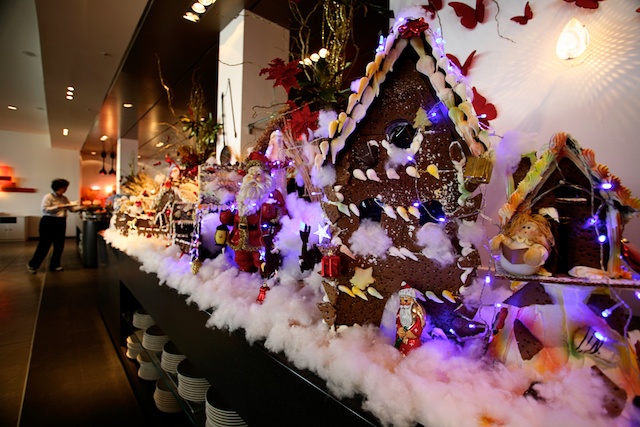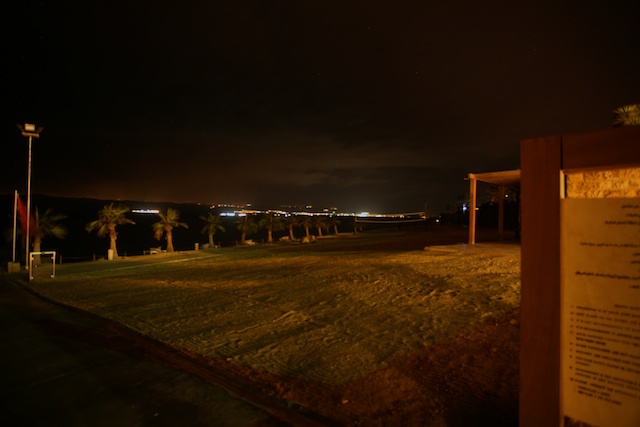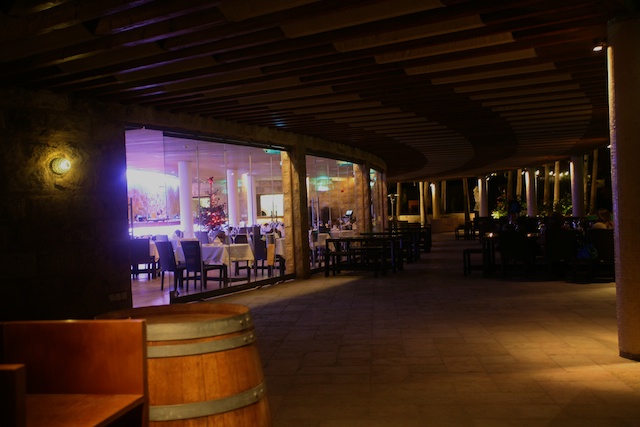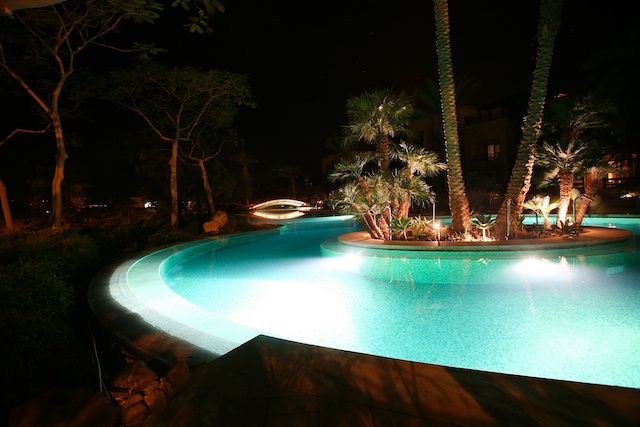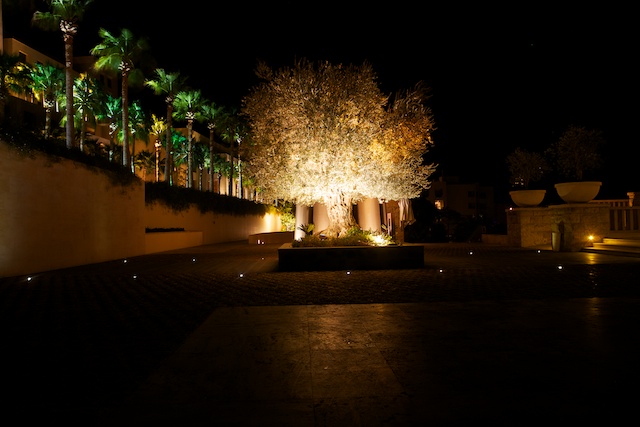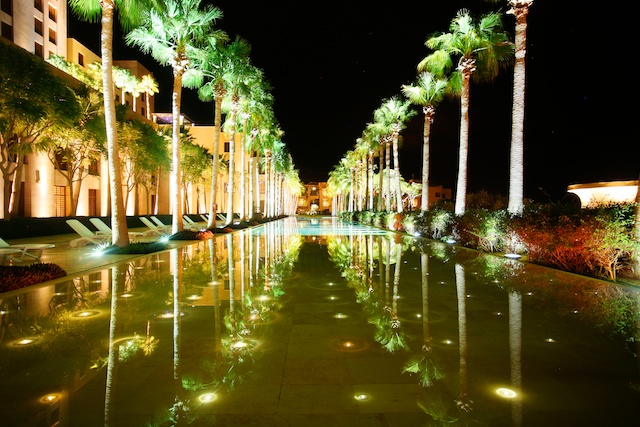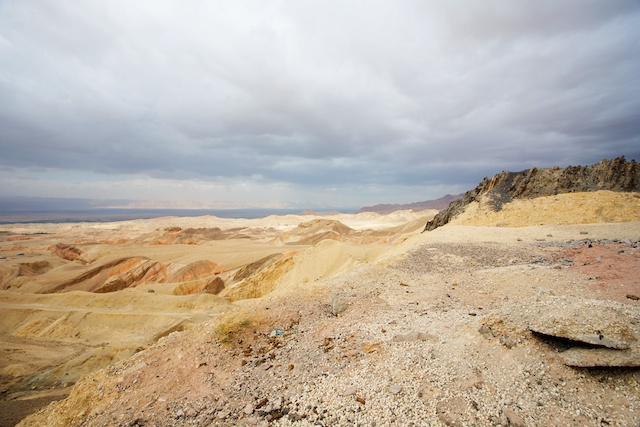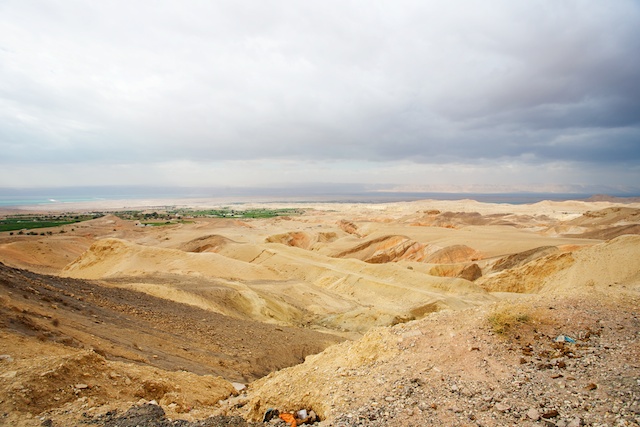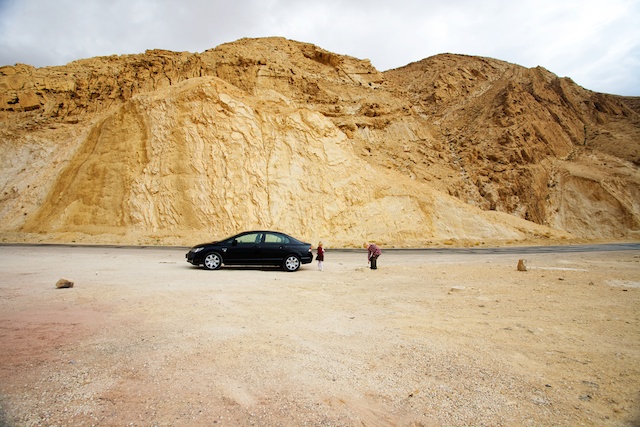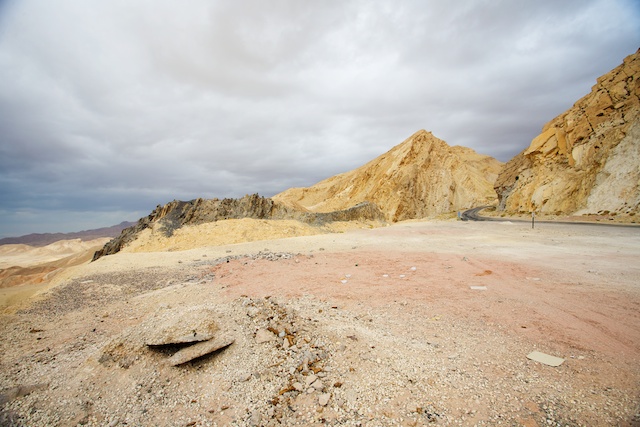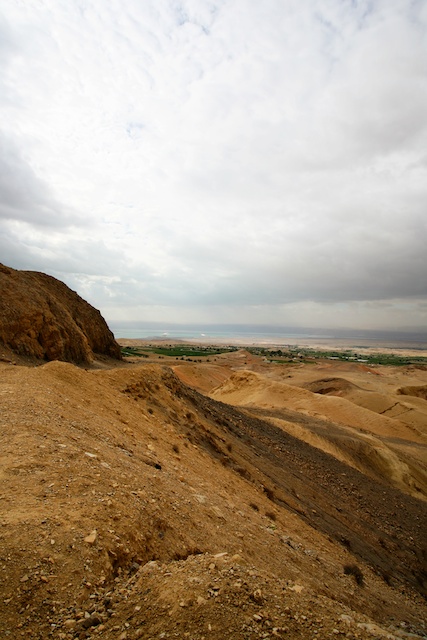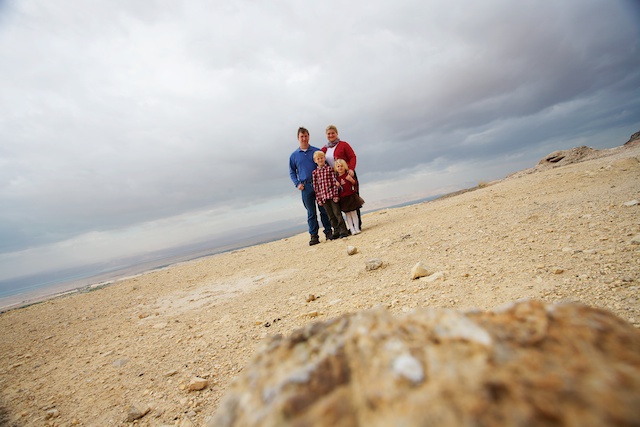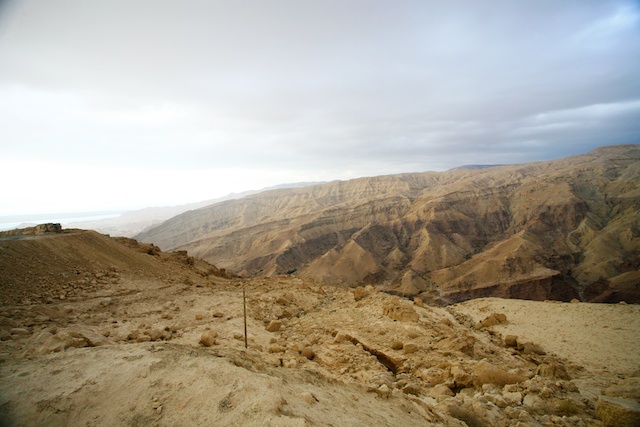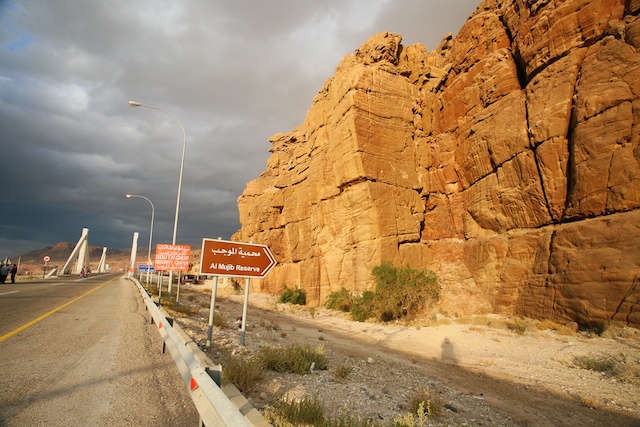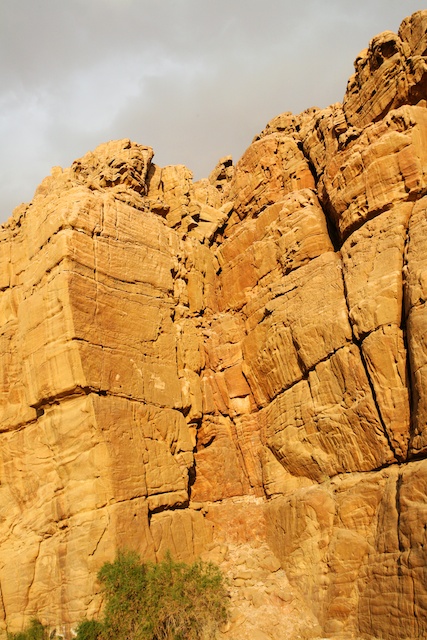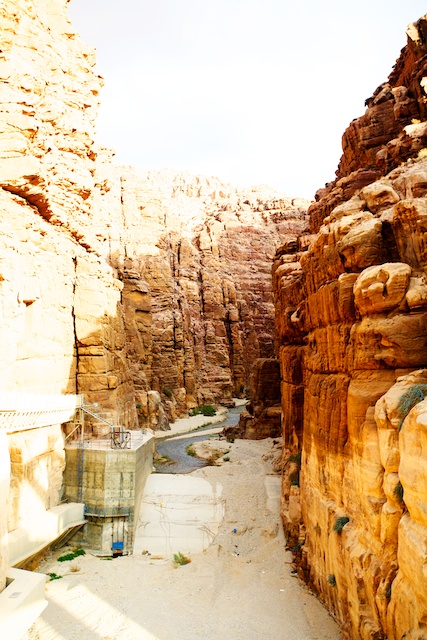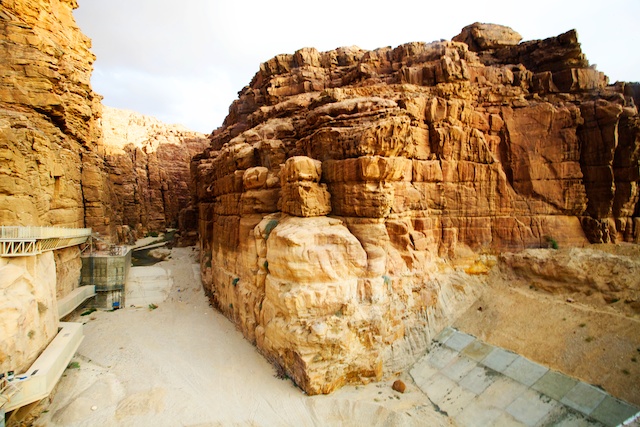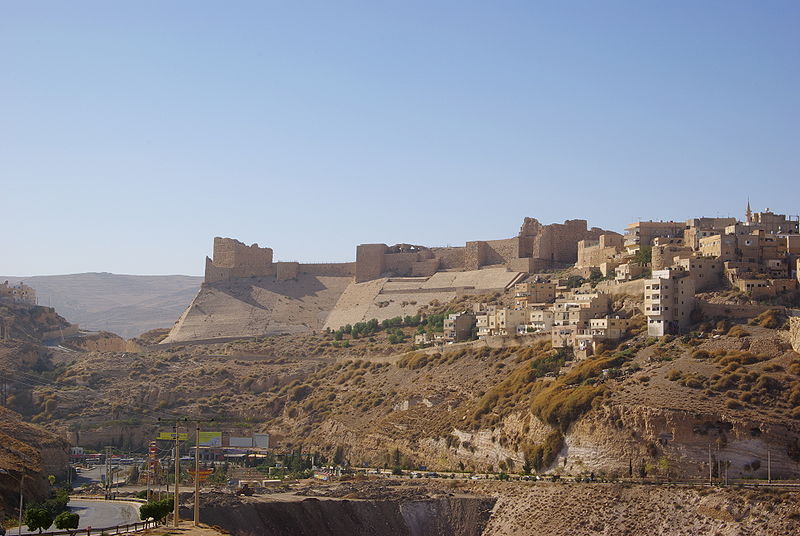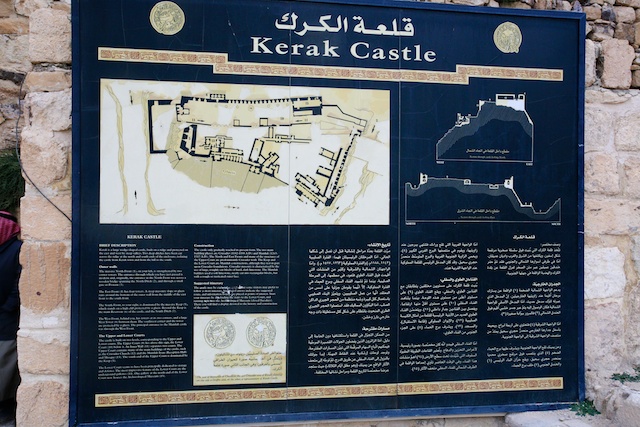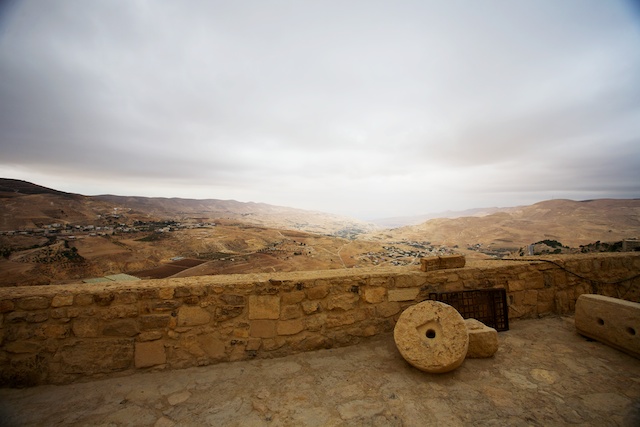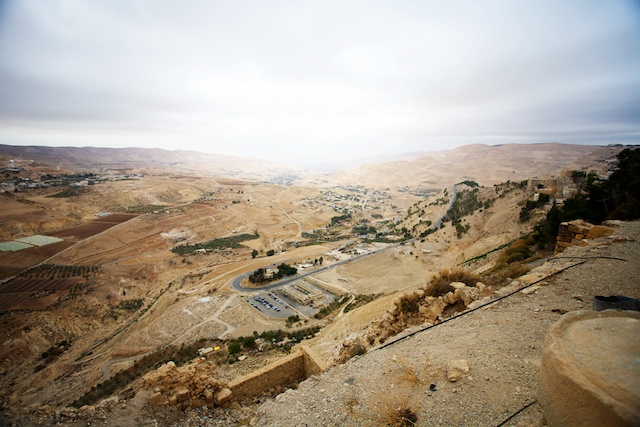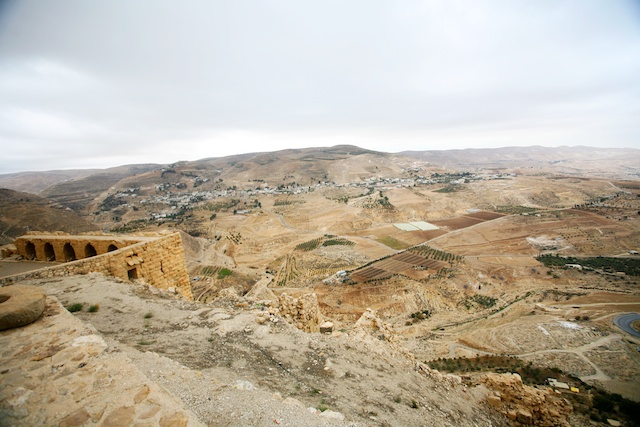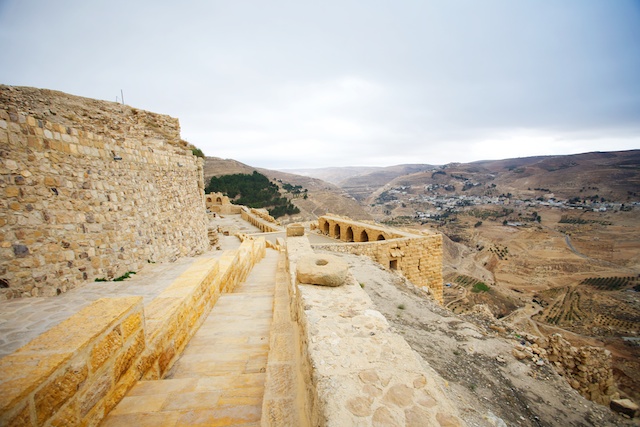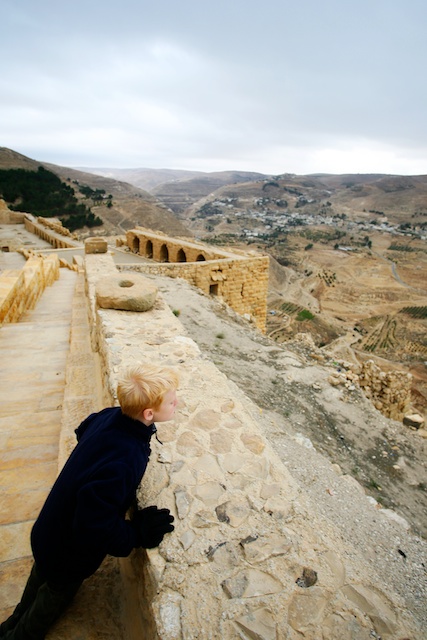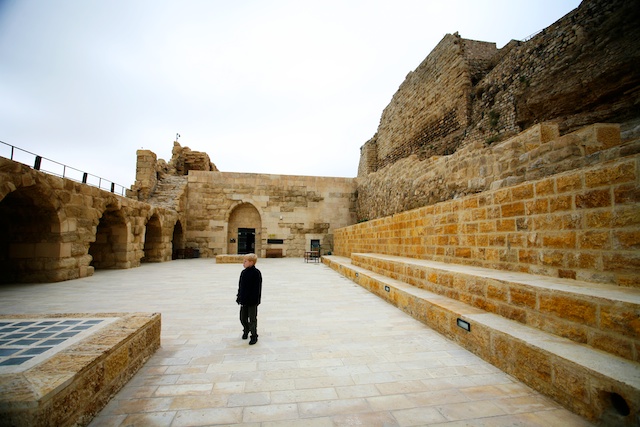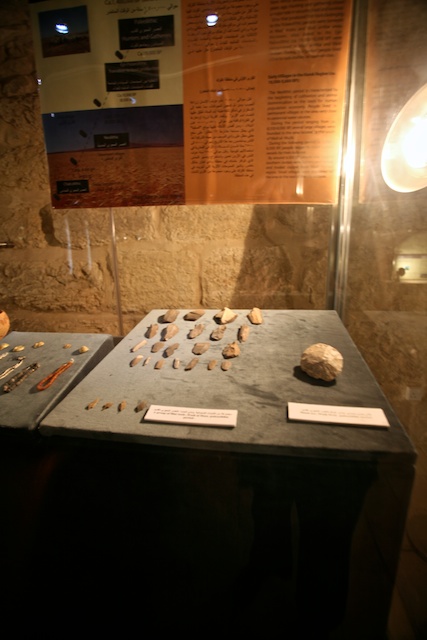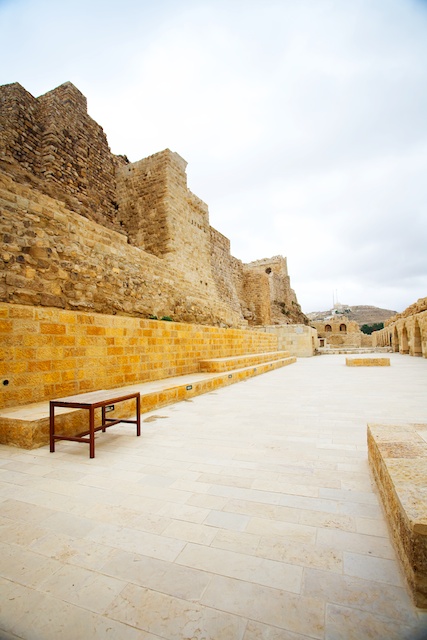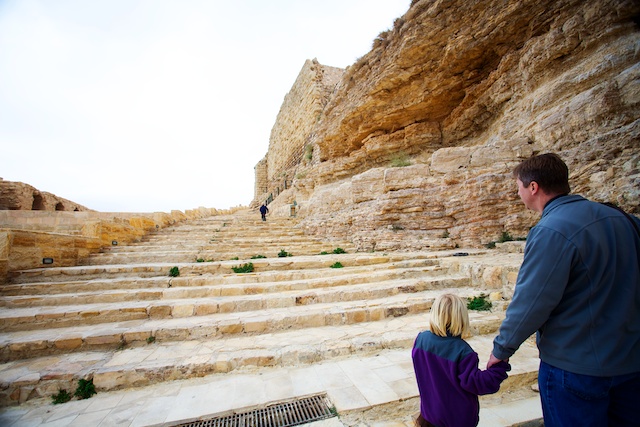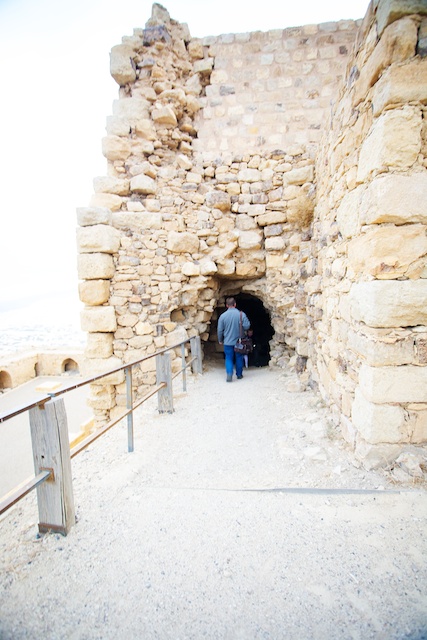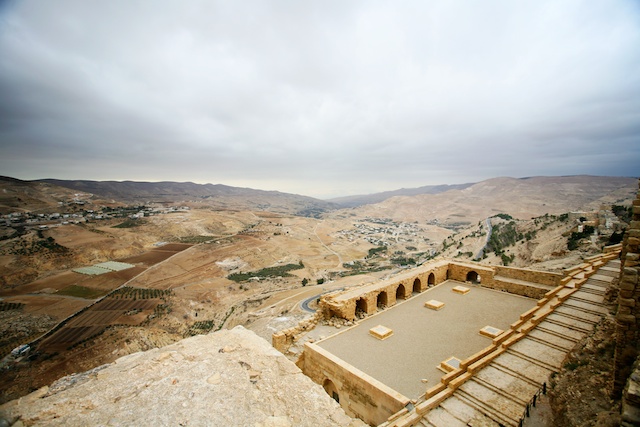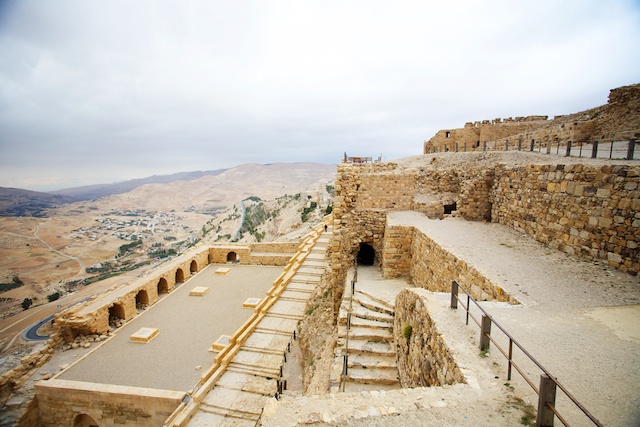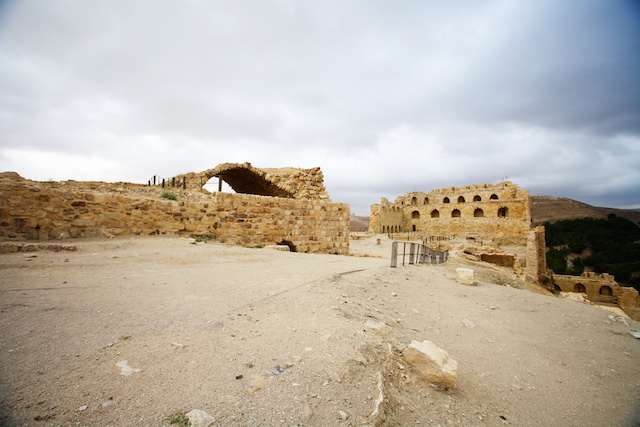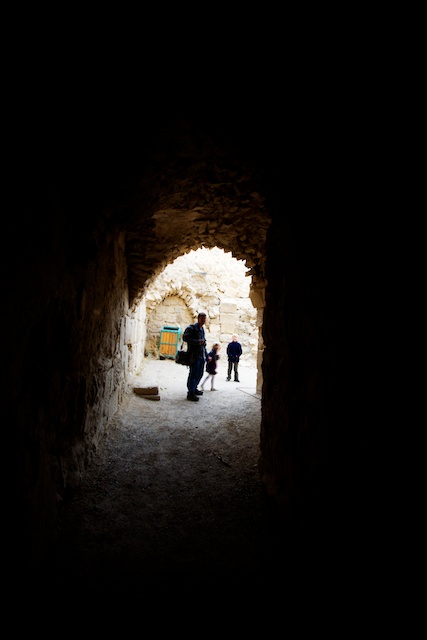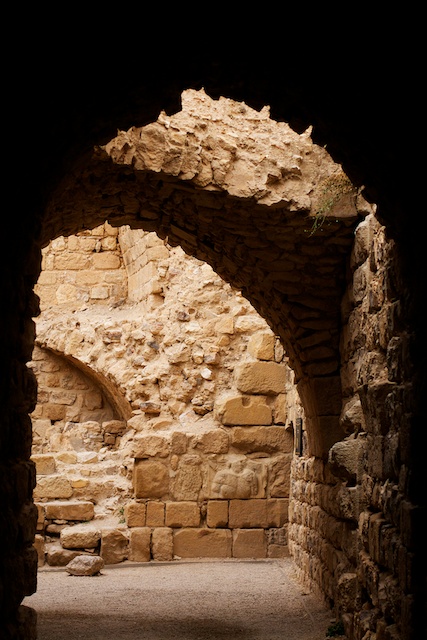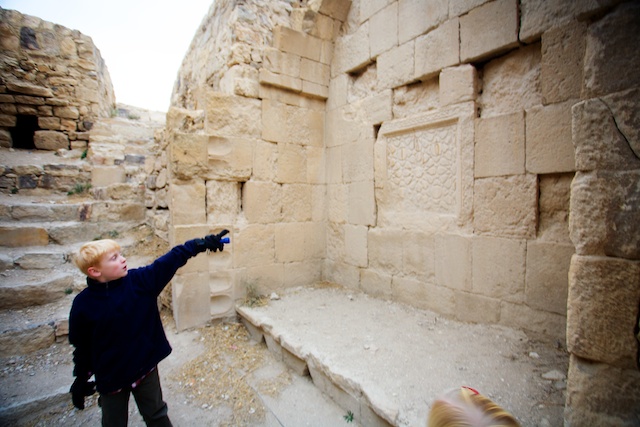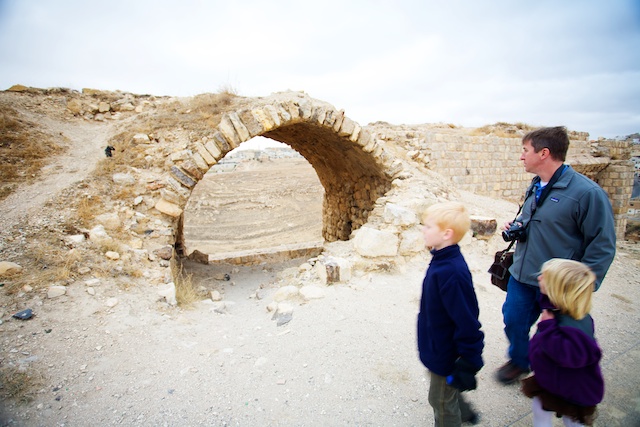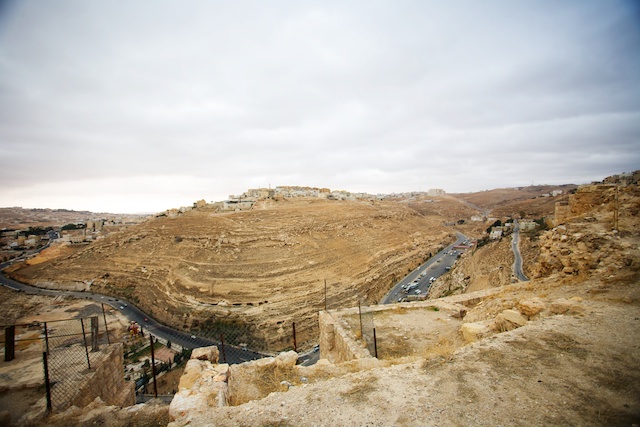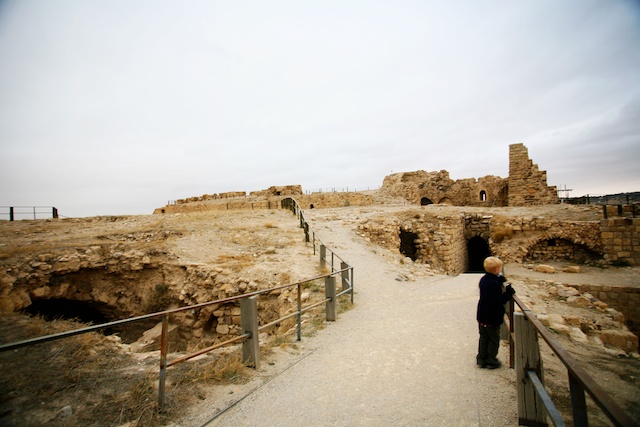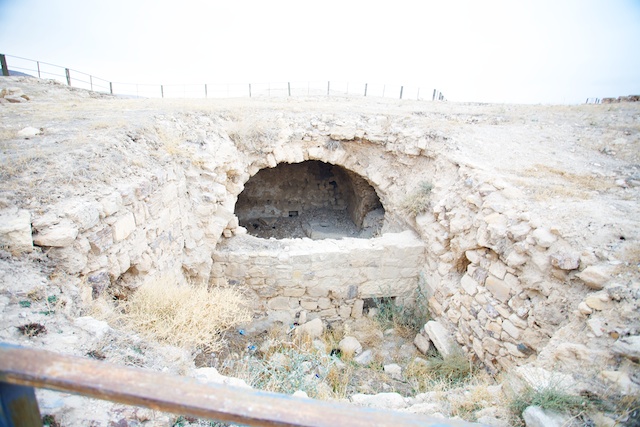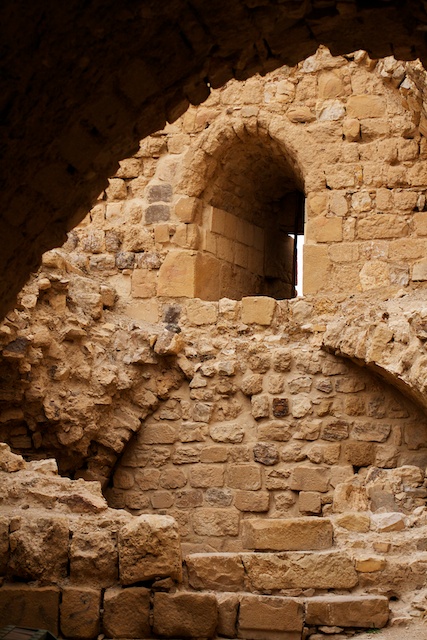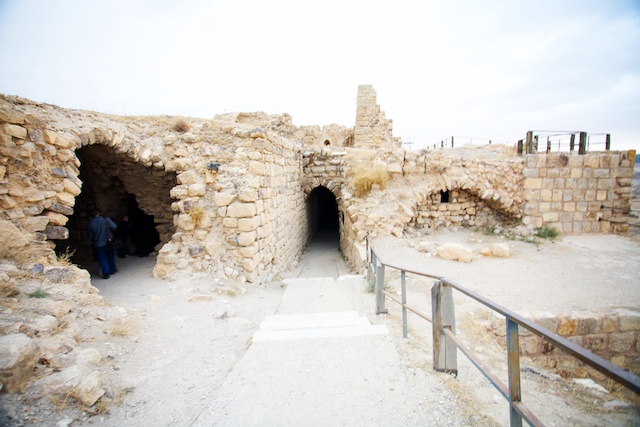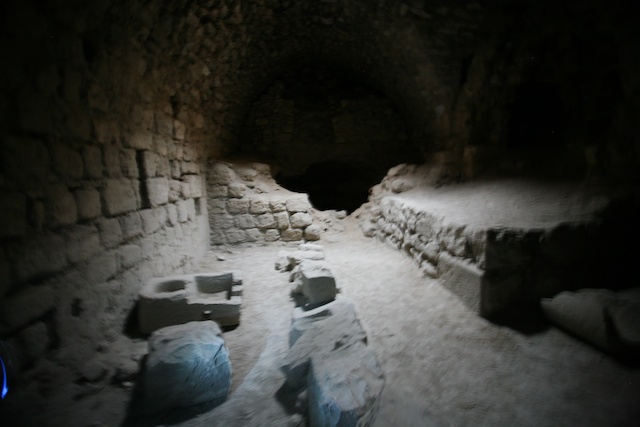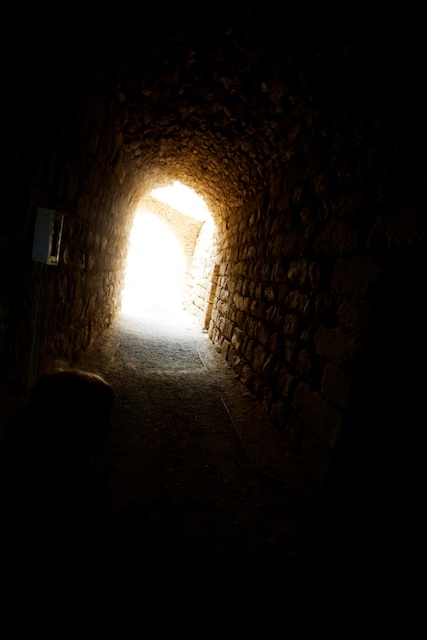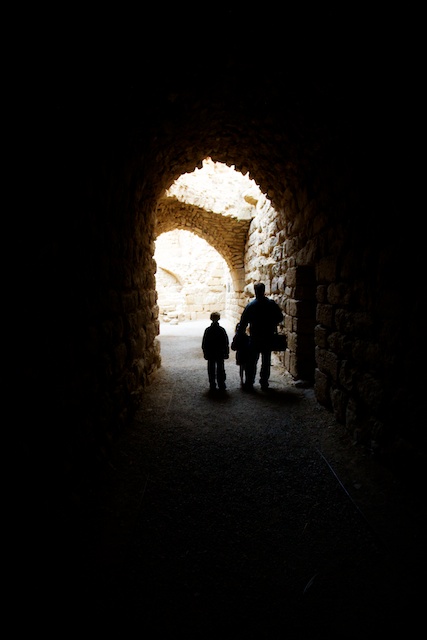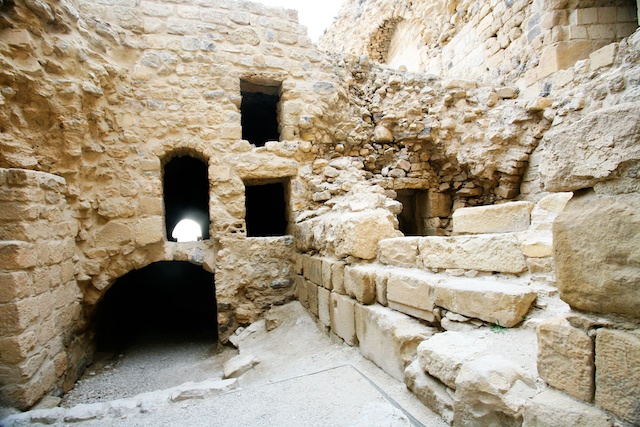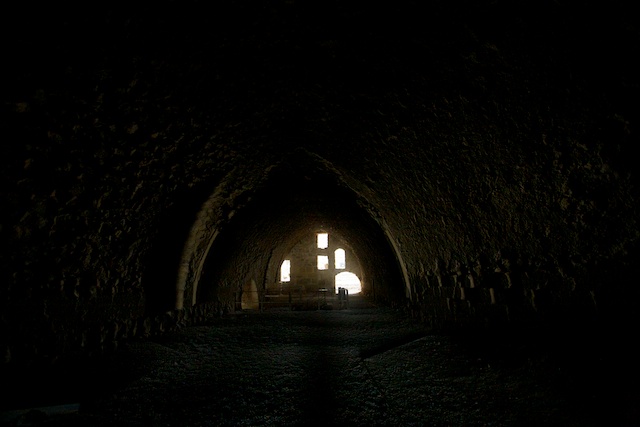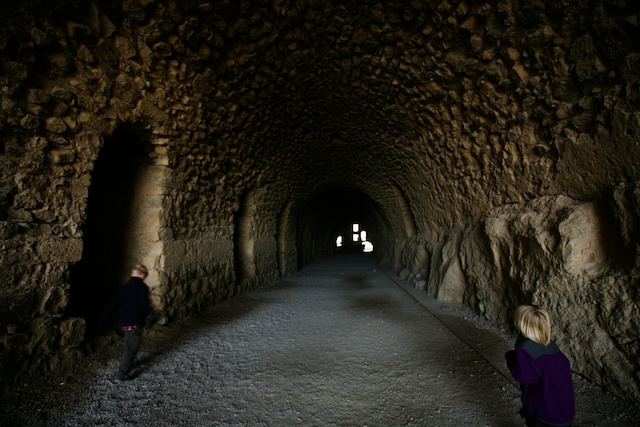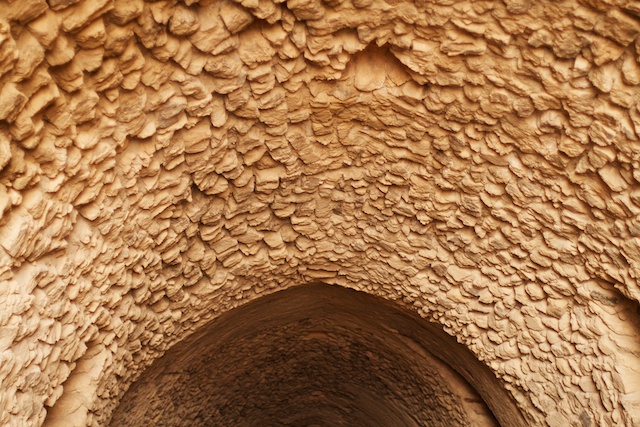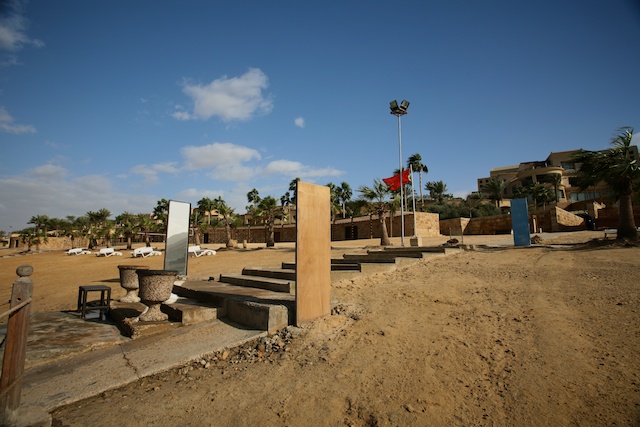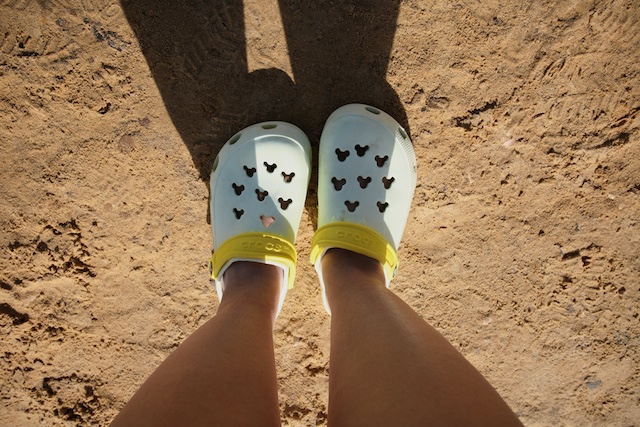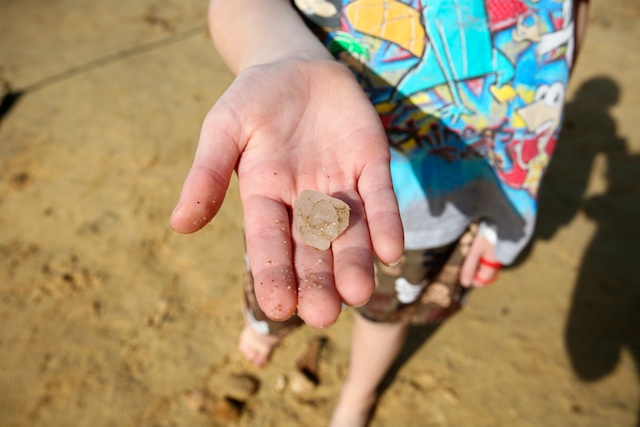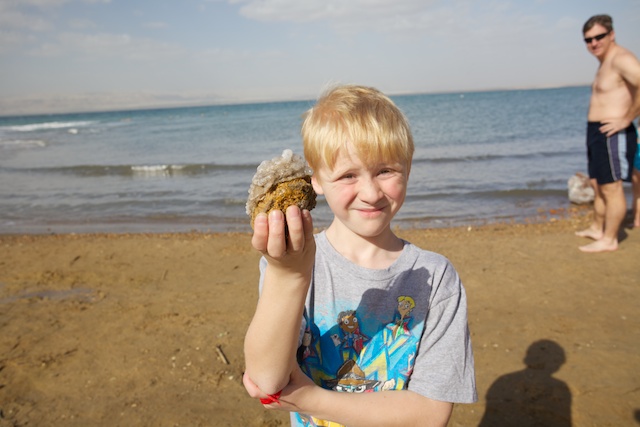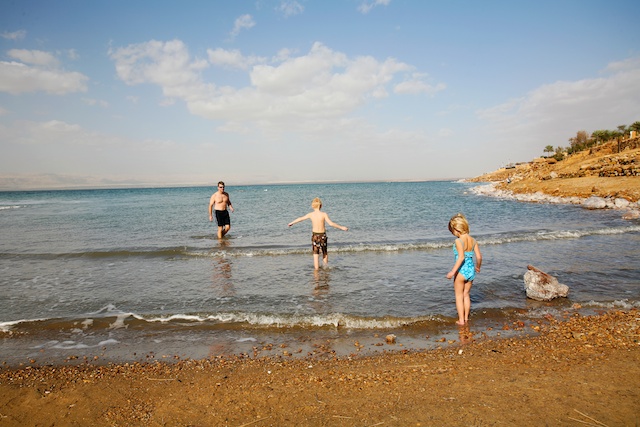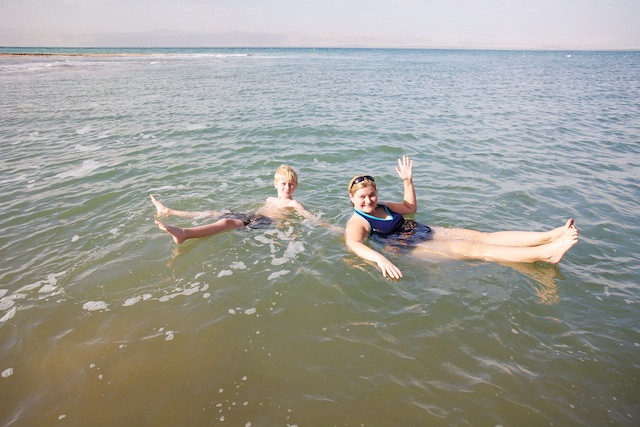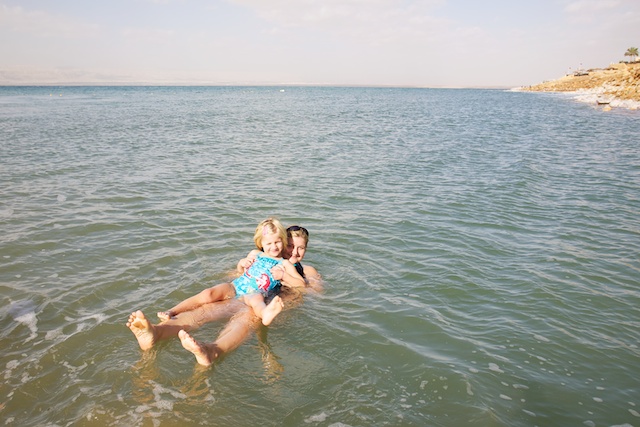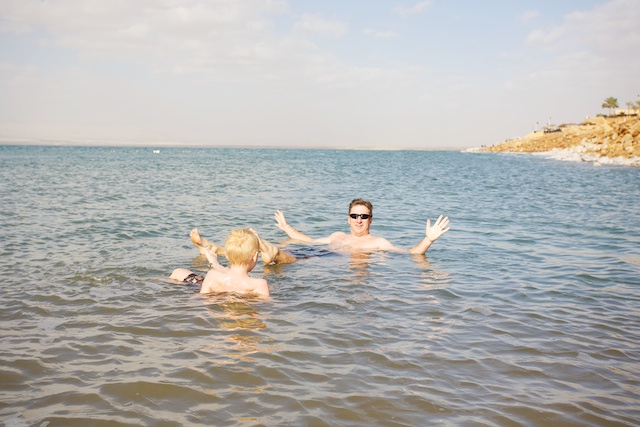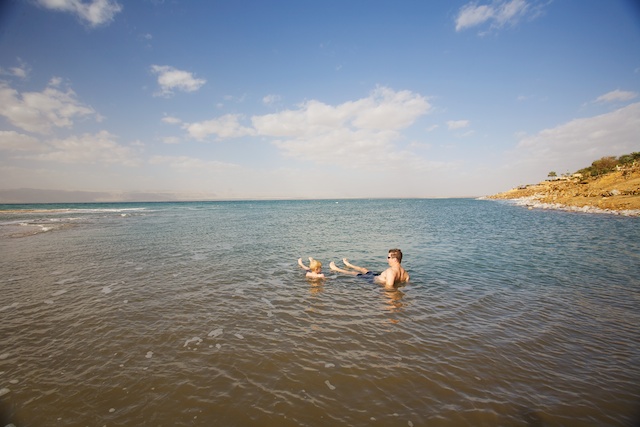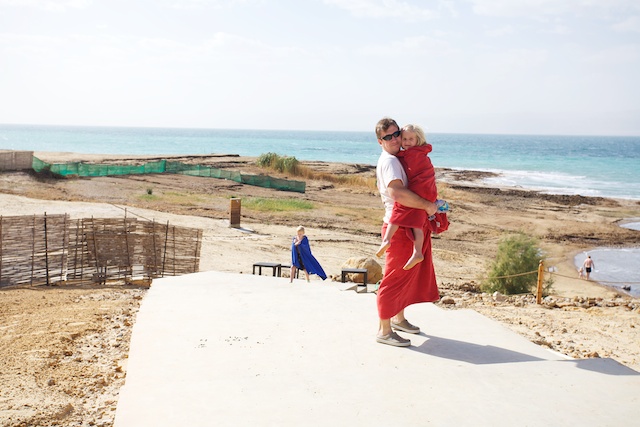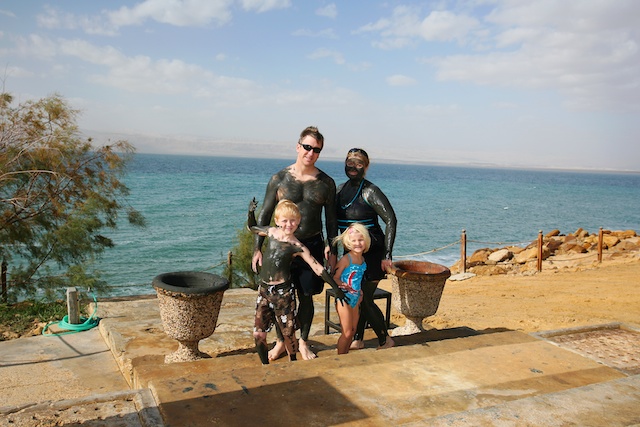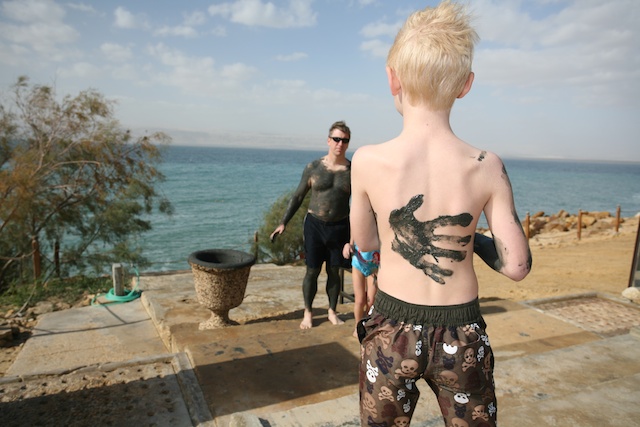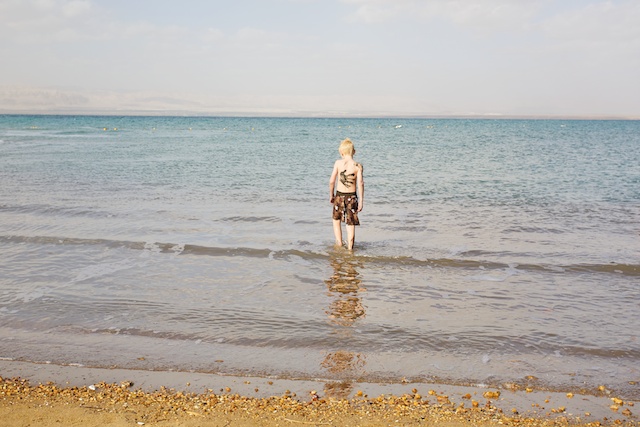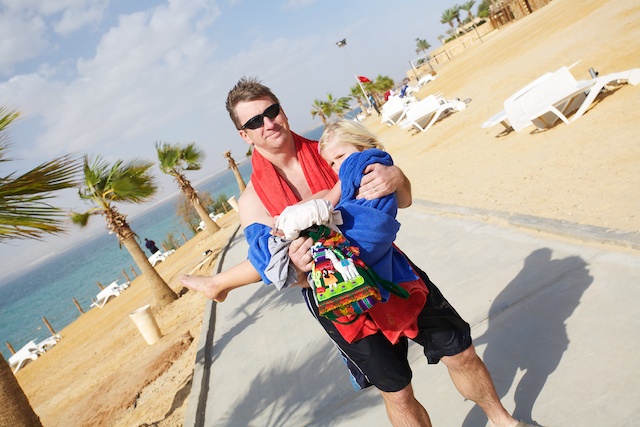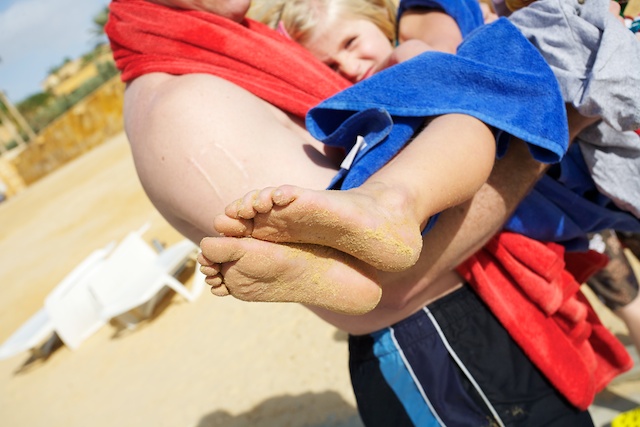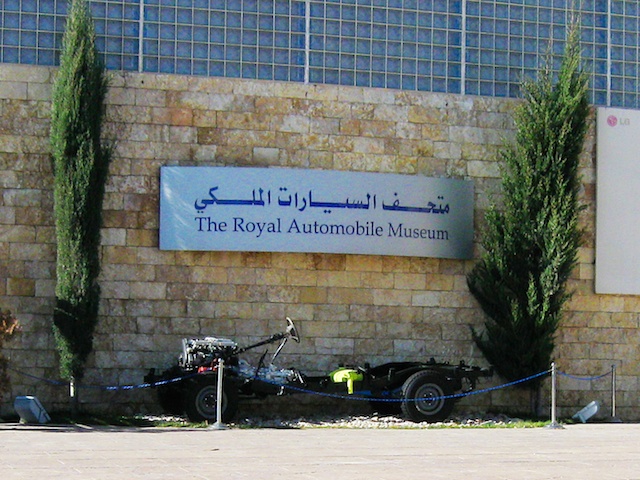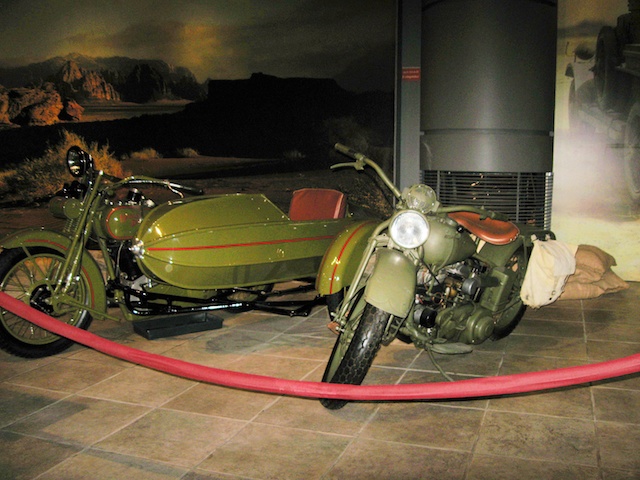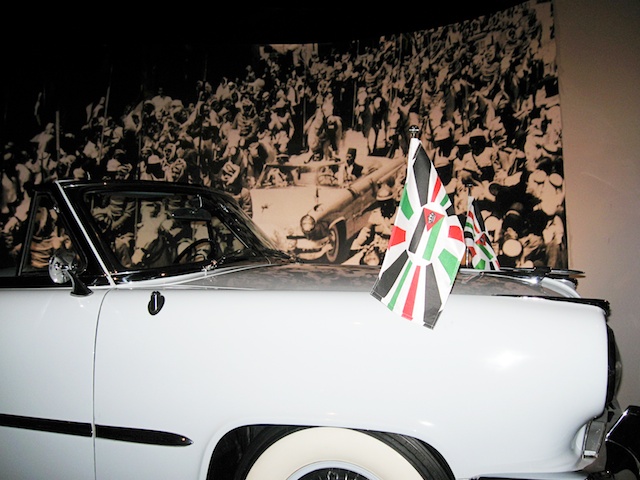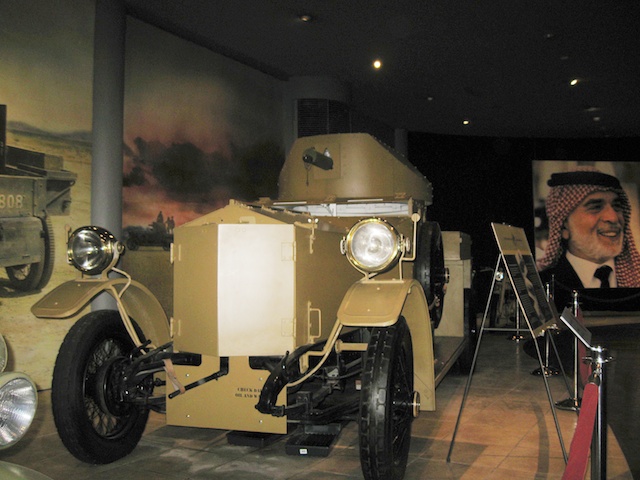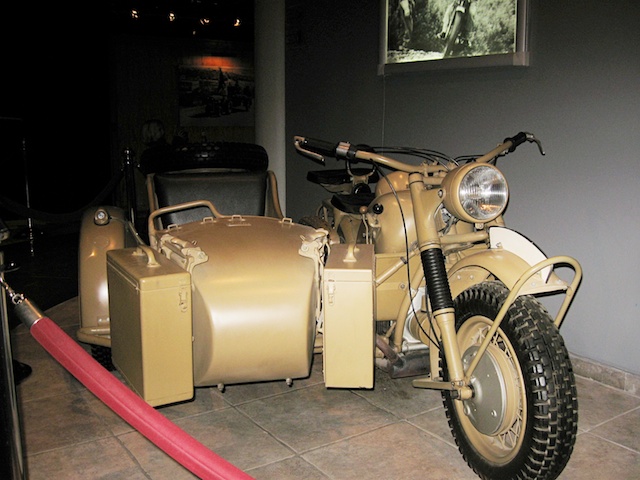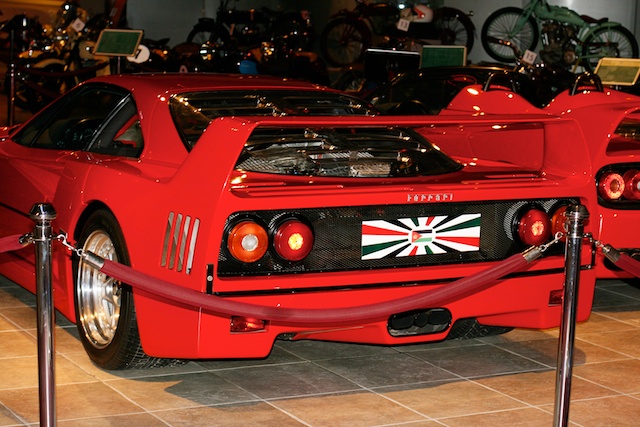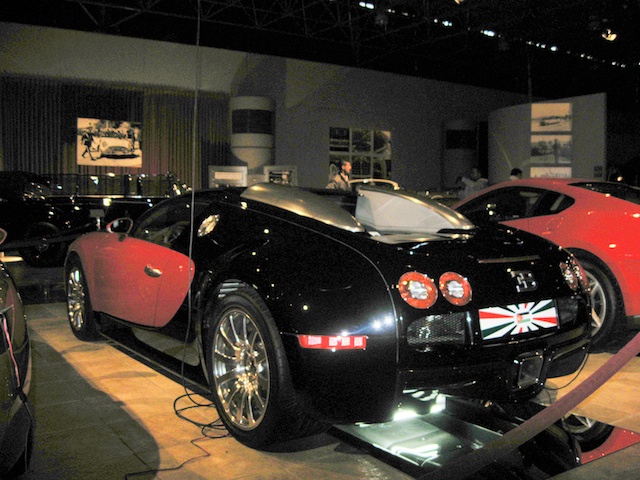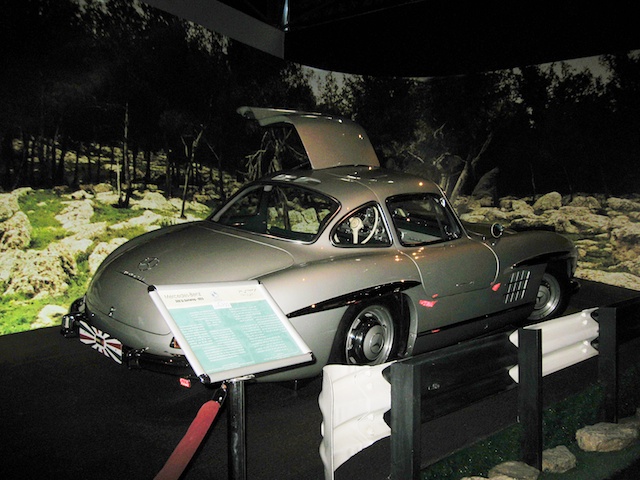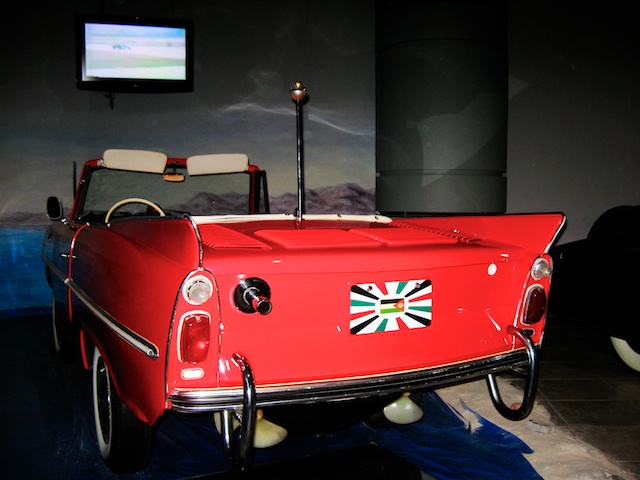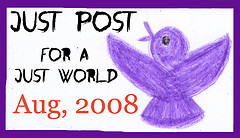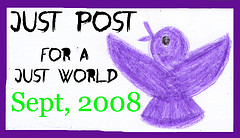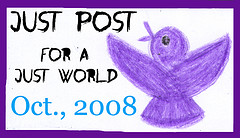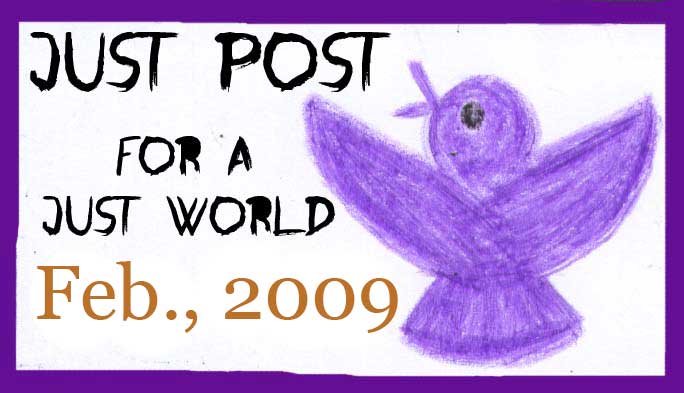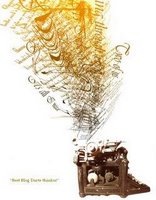According to historical documentation and Biblical reference, John the Baptist preached in Judea, in an area east of the Jordan River.  Being in trans-jordan was a good choice for John for several reasons (note: Aramaic “Yar-deen,” the basis for the modern word “Jordan,” means “fast moving water.”)  For one, the Jordan River was wide and fast moving, treacherous to cross — so folks in Jerusalem that were less than happy with John’s preaching would have a harder time reaching him to express their displeasure.  For another, it was a wilderness: grown over and thick.  And finally, there was some previous religious context: it was believed that Elijah had crossed the Jordan 1000 or so years before in that area and allegedly ascended to heaven in a flaming chariot.  Isolated, hard to reach, history of drama: John chose well.
Scholars have some disagreement over exactly where Jesus visited John, who had started giving folks a wash in the Jordan River to cleanse them of sin.  Israel has two sites for the baptism (one near the Allenby bridge, which in John’s day would have been a popular river crossing area for Jewish travelers, making it a good spot for enterprising Christian proselytizing; another directly across from the Jordanian Baptism site.)  Until recently, the Israeli spots held sway over the Baptism claim.  Then, after the 1994 peace agreement between Israel and Jordan, UNESCO was granted permission to support extensive archaeologic work in the militarized zone.  There, they found substantial evidence of the area as a pilgrimage site, including structural proof of multiple churches consistent in timing to historical record and biblical reference.  You can read about the evidence here, including information about the continued excavations in the area.
Note: Following much of this evidence, seemingly every denomination of Christian followers has rushed to the Jordanian government offering support to the Jordanian claim of Bethany-Beyond-the-Jordan as the true site of the Baptism… and thanking them for letting them build churches there.  The bottom line is, short of a time machine, there will always be a degree of question and a measure of politic on this issue.  When Pope John Paul II visited the area in 2000, he diplomatically went both to Bethany-Beyond-the-Jordan (Jordanian side) and Qasr al Yahud (Israeli side).  Pope Benedict didn’t feel so inclined: he went just to Bethany-Beyond-the-Jordan.
No matter where you stand on the issue, here’s the rub: Bethany-Beyond-the-Jordan is pretty darn special. Â There are many sites of historical and religious importance in the area, for one. Â In addition, the area still holds a sense of mystery. Â It feels remote, the foliage is thick, and the air carries a physical weight (you are in one of the lowest areas of the earth, at roughly 400 meters below sea level). Â John and Jesus could have turned the corner, clad in sandals and robes, walking arm and arm dripping wet from their baptism pool and it wouldn’t have seemed out of place. Â In a world where so much of our historical places now exist in the midst of modernity — the Coliseum with cars zipping around, Machu Picchu with its tourist entry zone Aguas Calientes, the Taj Mahal in the center of an industrial city — Bethany-Beyond-the-Jordan carries an authenticity of energy and space that needs no imagination. Â You’re simply there.
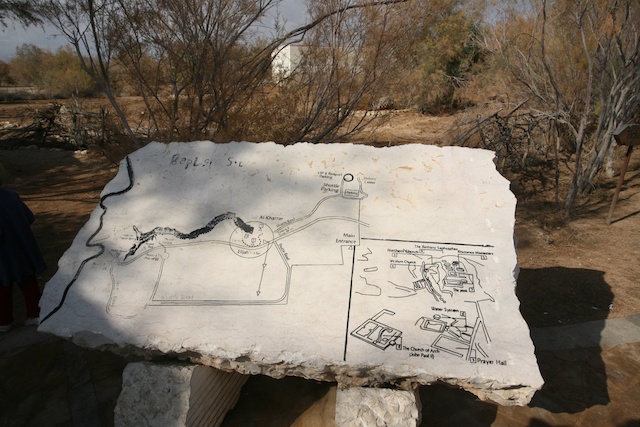
Seeing the area is done only through tour buses from the Bethany-Beyond-the-Jordan visitor’s center. Â Because the area is a tightly controlled border zone, you are required to show identification which is marked with stickers. Â You’re cued up for buses and given 35-point listening devices with which to dial in and hear information at various points in the tour, marked with numbered signs throughout. Â (35 sound like a lot of listening? Â No worries, only about 16 of the numbers are used.) Â Dozens of languages are represented in the devices.
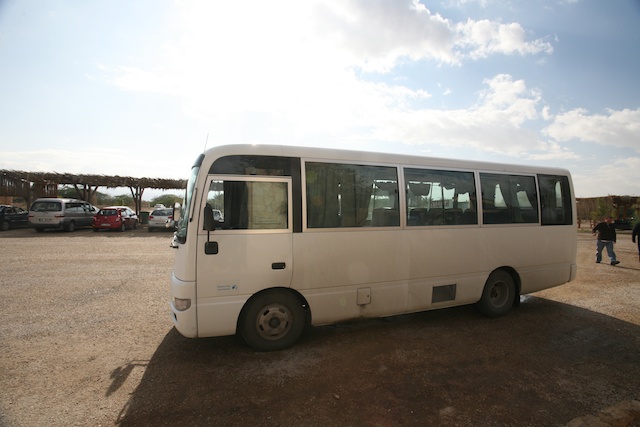
The buses are small and mildly smoky (read: they are very Jordanian), complete with an incredibly kind and patient man who acts as your tour guide.  Keeping in custom with most Jordanians, this guide is unflappable even when confronted with a member of the group who needs everyone to know that he knows A LOT OF STUFF about the bible.  From what we could gather, there are one of these self-made biblical scholars in every group: it’s a lagniappe of the tour experience.
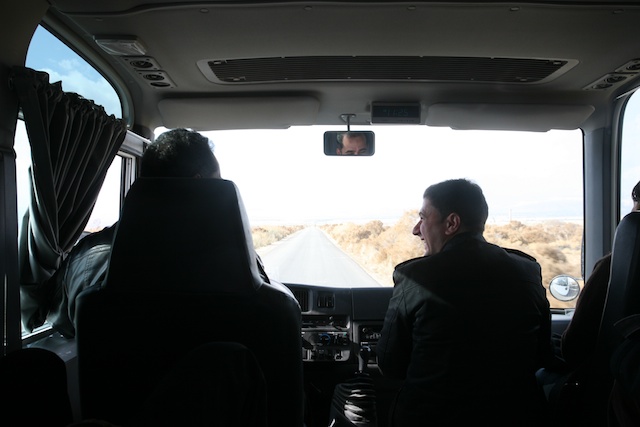
The first stop on the three-stop tour is to Elijah’s hill. Â This is where Elijah ascended to heaven in a flaming chariot 3000 or so years ago. Â If there are scorch marks still visible in the earth, you won’t be able to look for them: no one gets off the bus here. Â Yeah, it’s a bummer to be in an area of tight security, but take it with a grain of salt: just think about what could happen if Jordan didn’t try to protect the area. Â The limited view through the window is worth the sacrifice.
At the second stop, you see the a branch of water leading to the Jordan River. Â There are views of the Church of John Paul II (formerly the Church of John the Baptism, renamed to honor the Pope’s visit in 2000). Â The mountains of Israel are in the background.
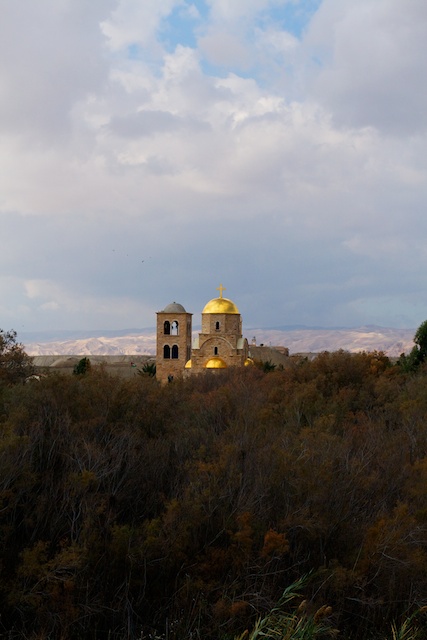
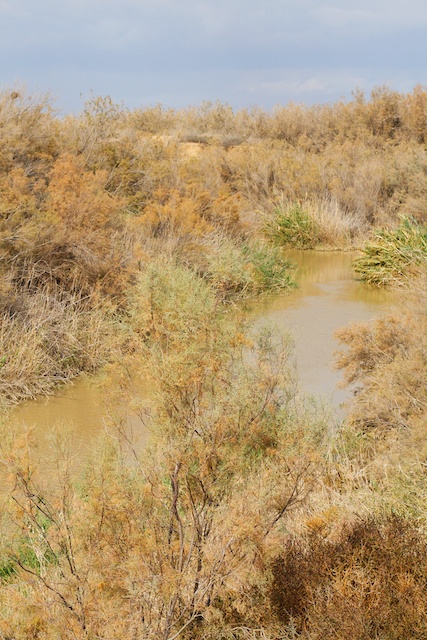
From there, you go to the actual Baptism site.
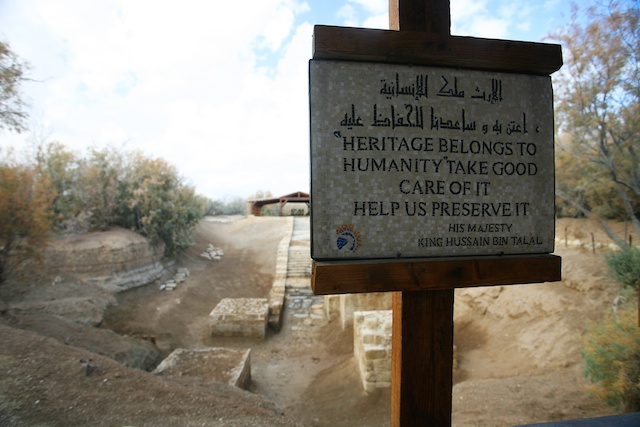
Along with your guide and signs posted for your listening device, the site also has detailed mosaics that explain what you are seeing. Â Other mosaics are religiously inspired by the site.
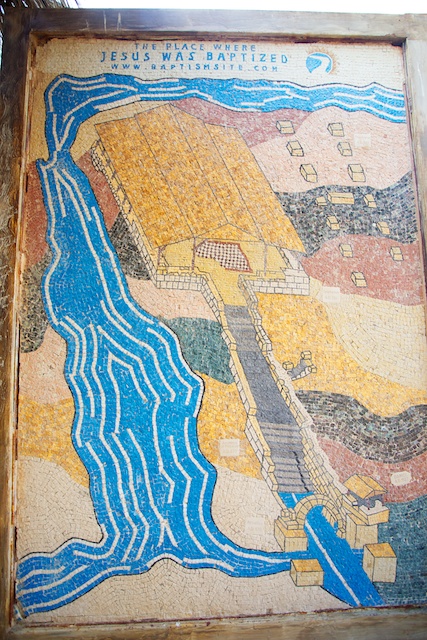
The Jordan river is no longer the wide, fast, dangerous body of water it was in John’s time. Â His Baptism pool, originally a tributary off of the main river, is now dry, with the river a good 300 meters from this spot. Â The work of archeologists has uncovered the foundations of churches to this spot, part of what has created the evidence of it being the place of the Jesus’ Baptism.
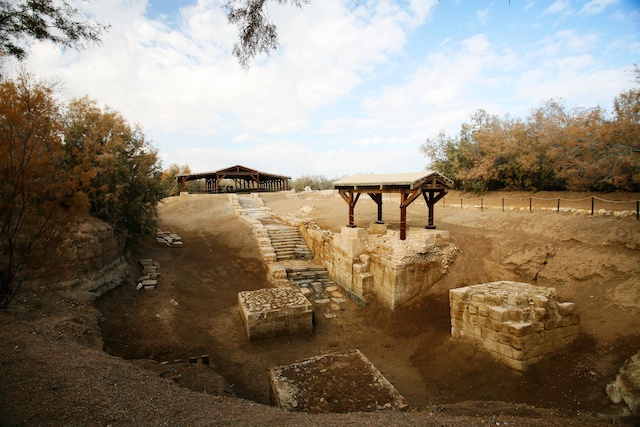
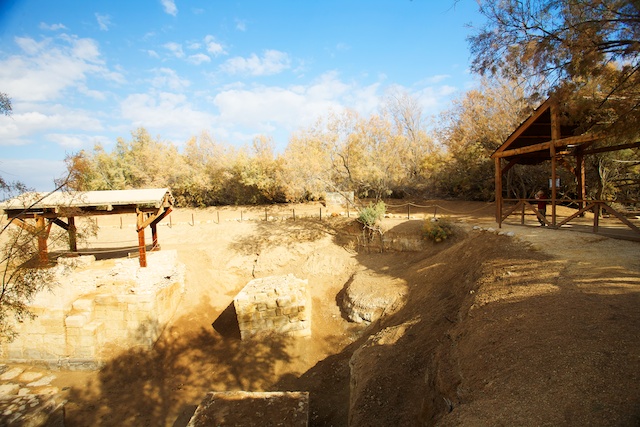
The mosaics add to the open-air museum quality of this part of the experience. Â See the giant mosaic of the Pope?
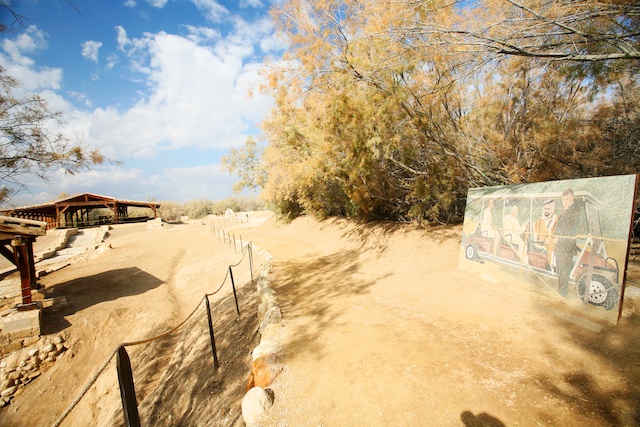
If you were going to spend hundreds of hours creating a piece of priceless art that would be viewed by millions in one of the most important religious sites in the world, showcasing the visit of the now deceased leader of the Christian faith, would you put him in a golf cart? Â Maybe someone can explain this to me.
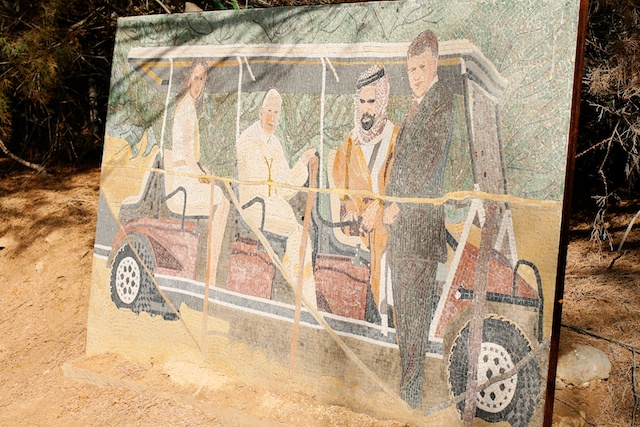
A plaque explains the chapels found in the area.
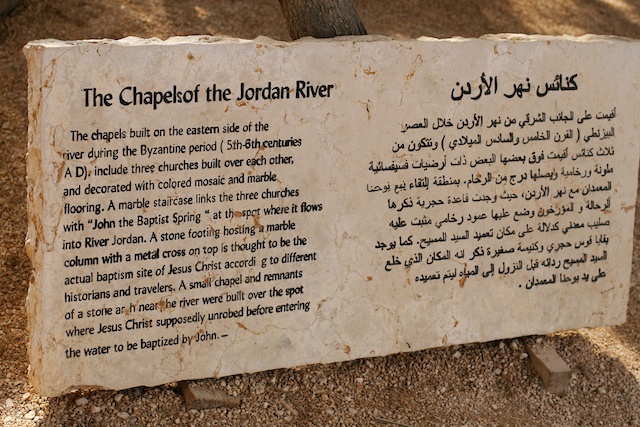
Here is the chapel site. Â To the right, you can see the foundations of the chapels discussed above.
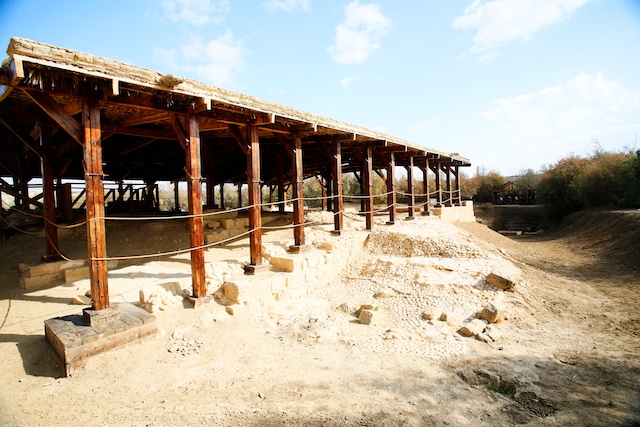
After the Baptism site, you’re ushered back into the wilderness toward your final stop.
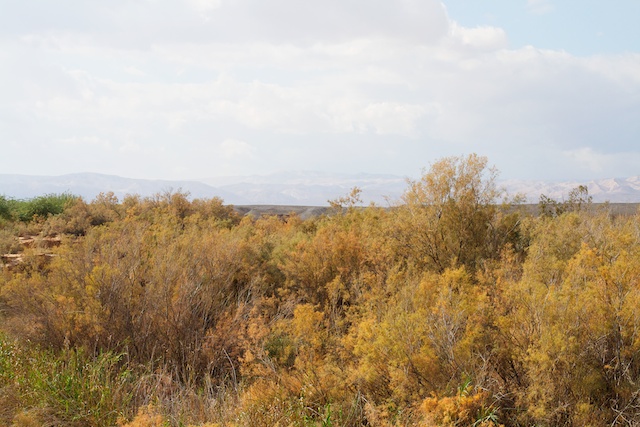
At the Jordan river is the Church of Pope John Paul II (the one viewed from afar, earlier).
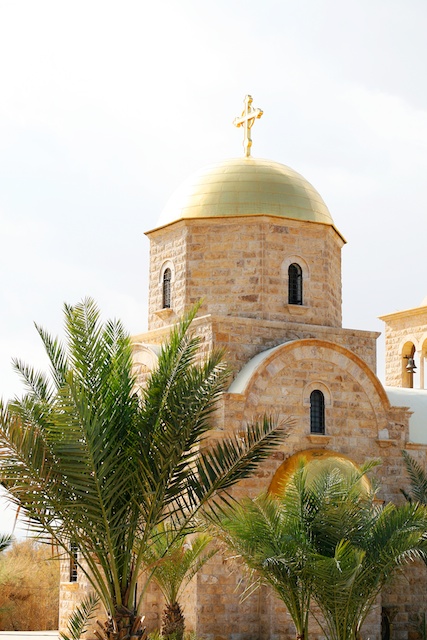
Here, the Pope gave mass in 2000.
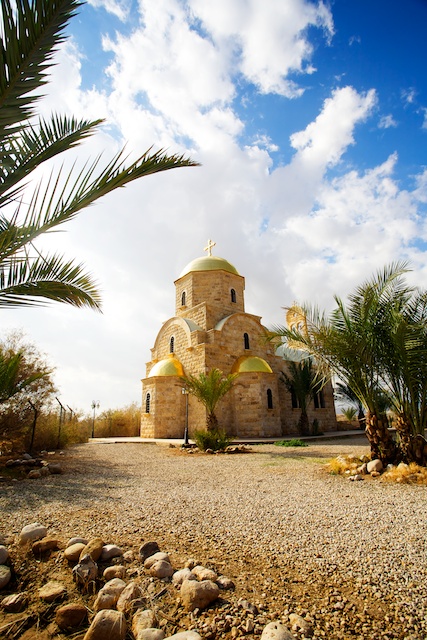
Just beyond the church is the Jordan River.
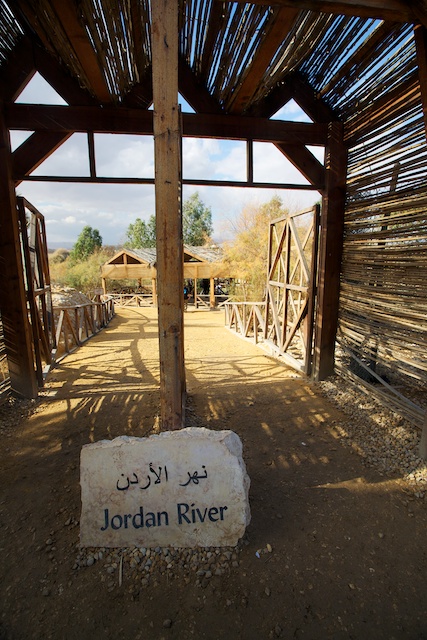
That’s the Israeli side, right there. Â (See the flag?) Â This site was quite recently opened (it had to be cleared of land mines and the complex built to support pilgrims to the site.)
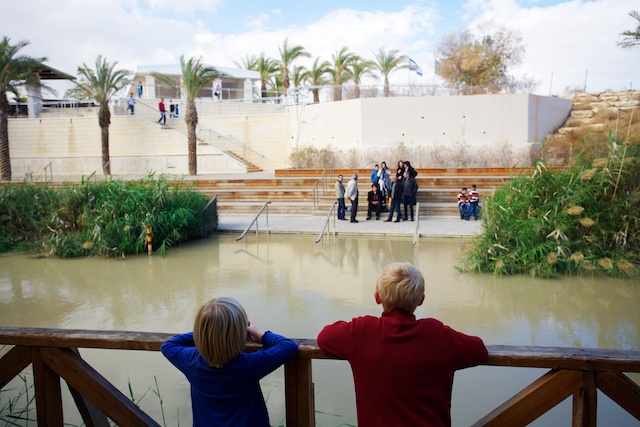
Even with the Jordan River in view, Kate remains a major tourist attraction.
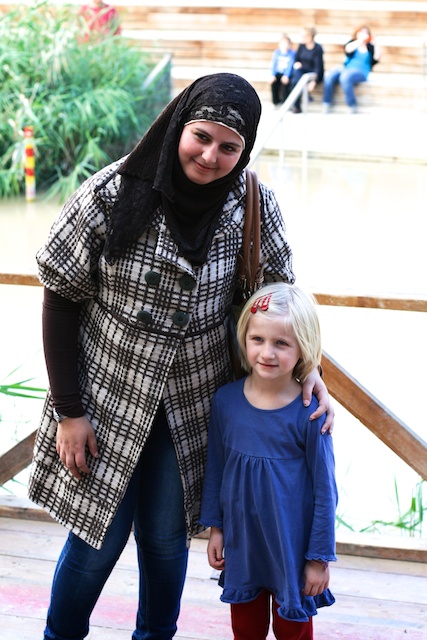
You can get in the river if you want. Â While you may come out of it spiritually cleansed, I don’t think you’d emerge without getting a little sumpthin’ extra from the experience.
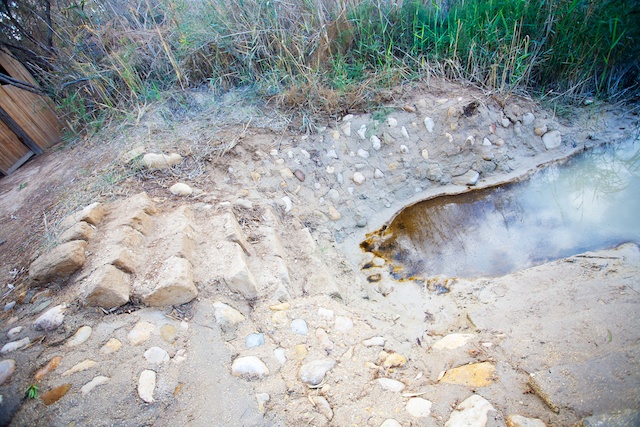
This is perhaps the part of the experience that brings you back to modernity… the military presence, the small, shrunken river, the pollution of the water. Â Still, it’s very cool to be there.
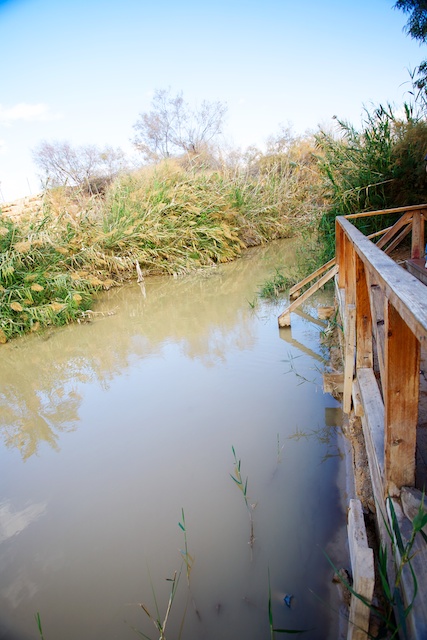
If you were hoping to have some Jordan River water, they’ve got you covered: treated water from the river is available in an urn.
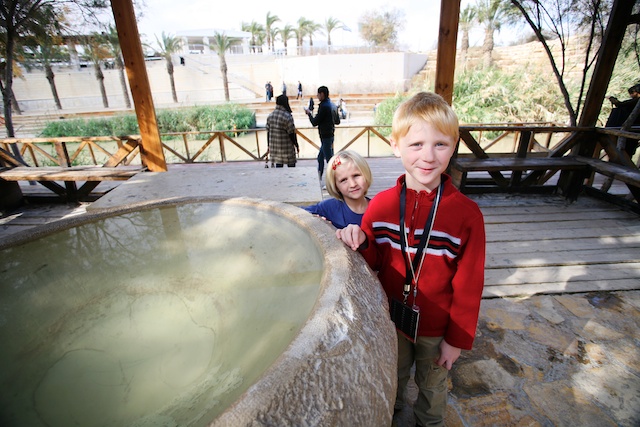
You can do your own little father-son-holy-spirit action right there. Â With water significantly less likely to make you ill.
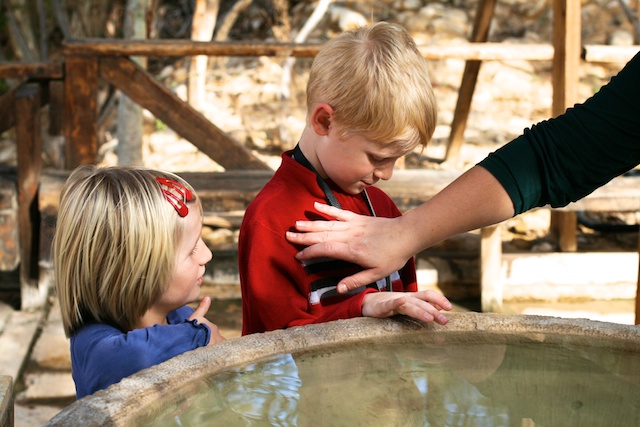
Should you want a more official baptism experience, the churches in the area offer specialized services to visitors (you just have to pre-arrange them).
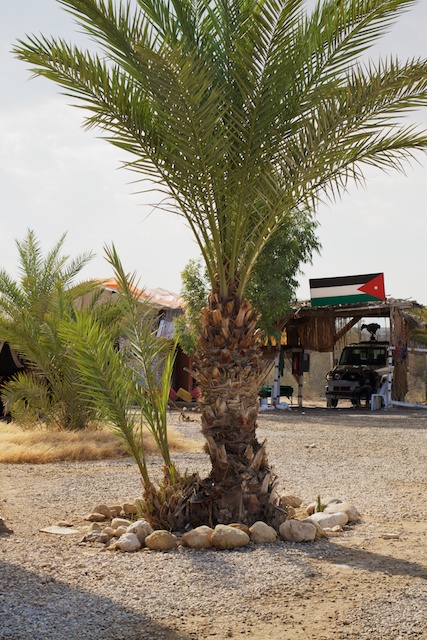
All in all, the site is incredibly interesting with powerful significance throughout ancient to modern history.
